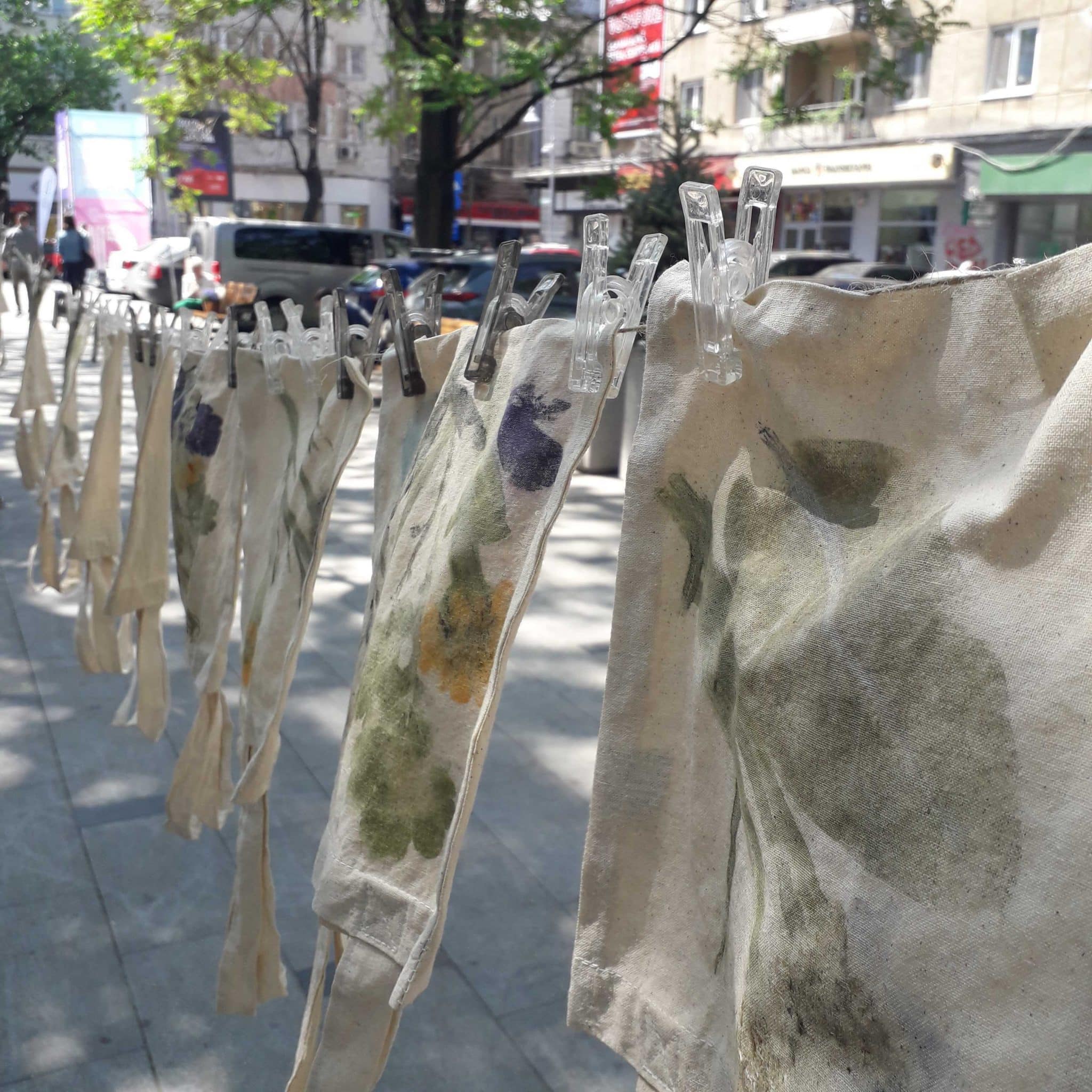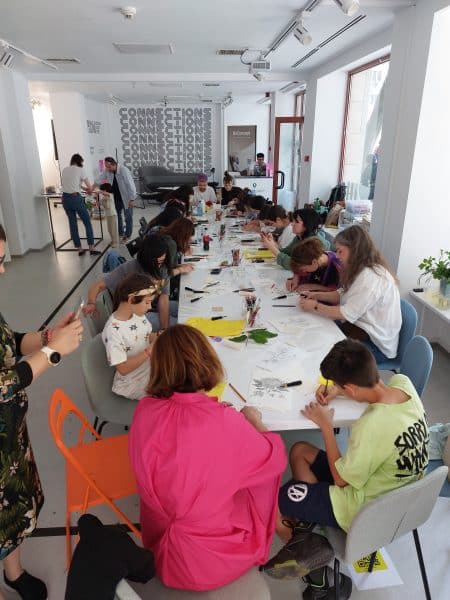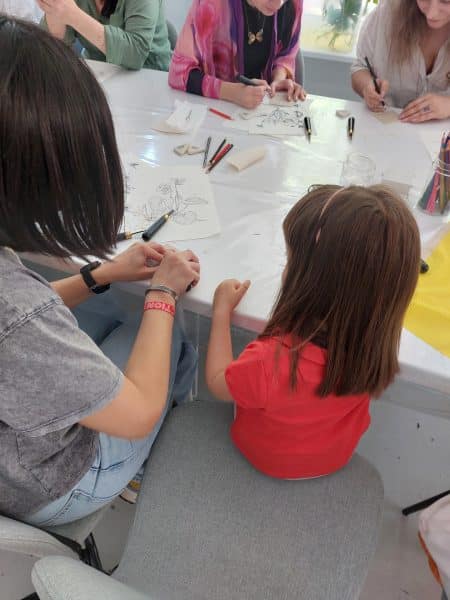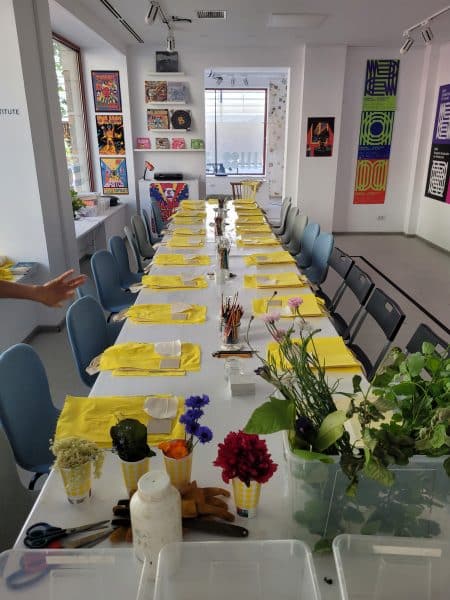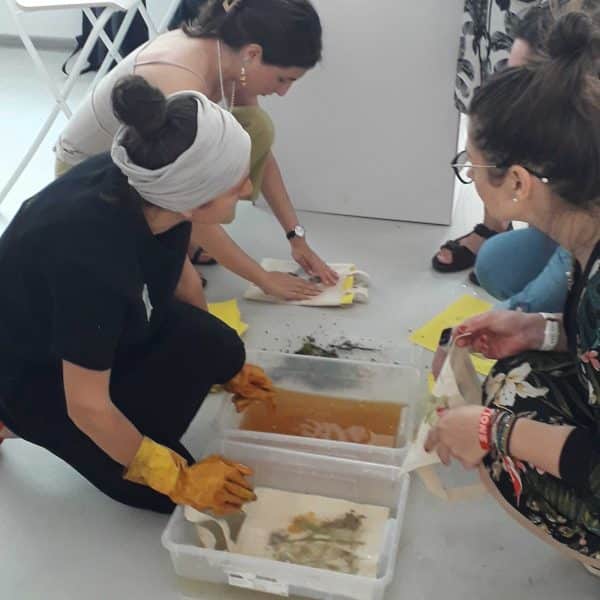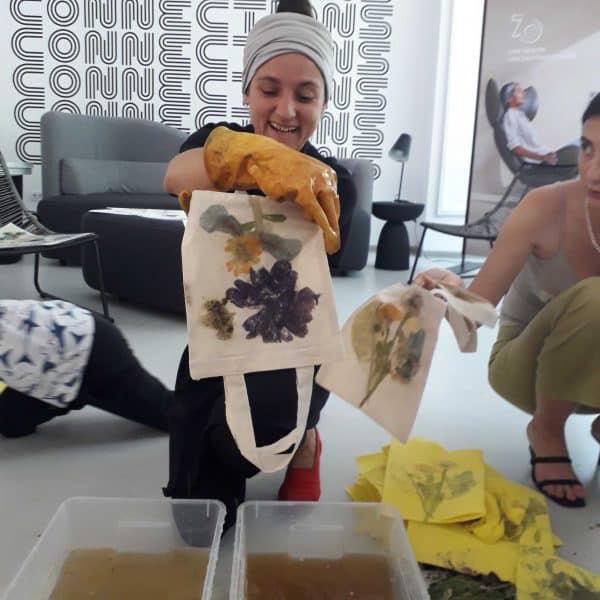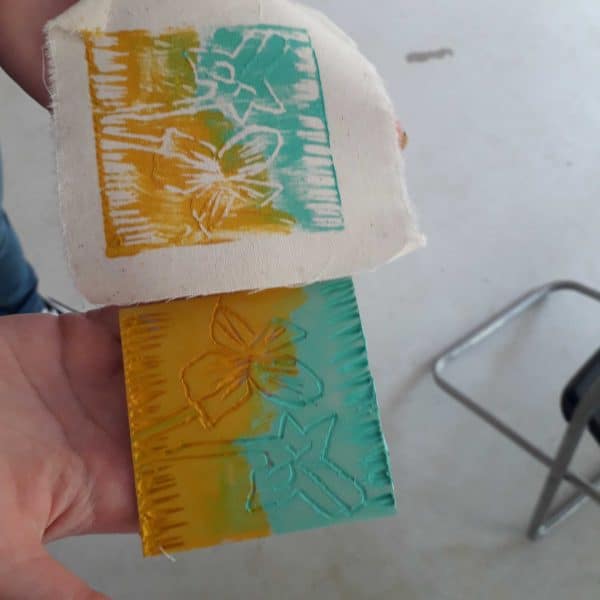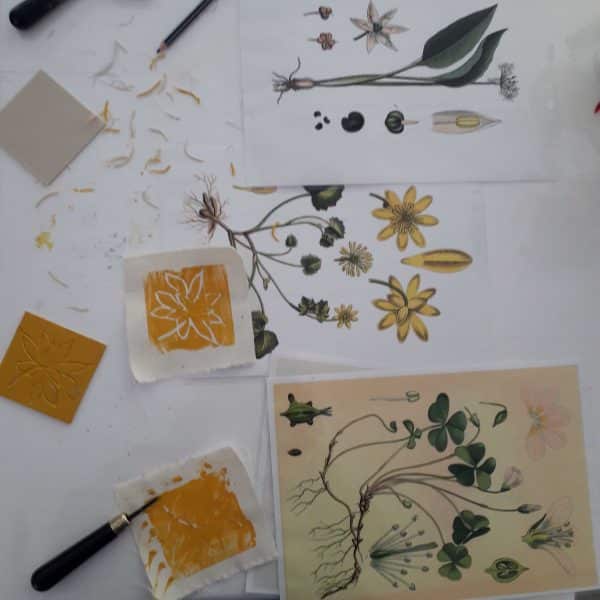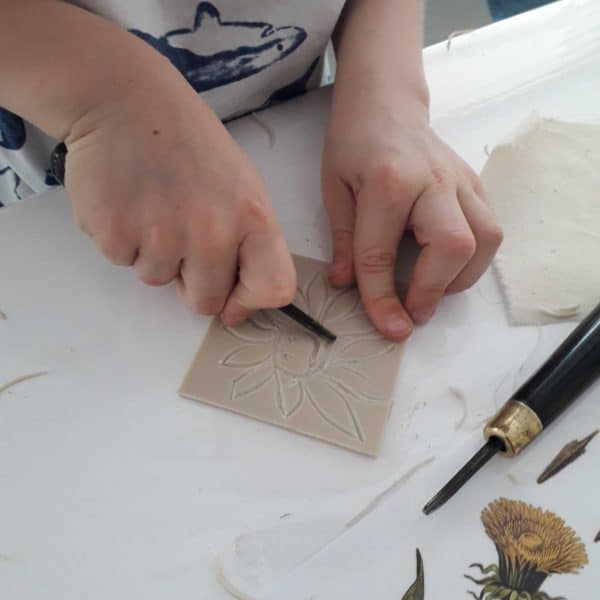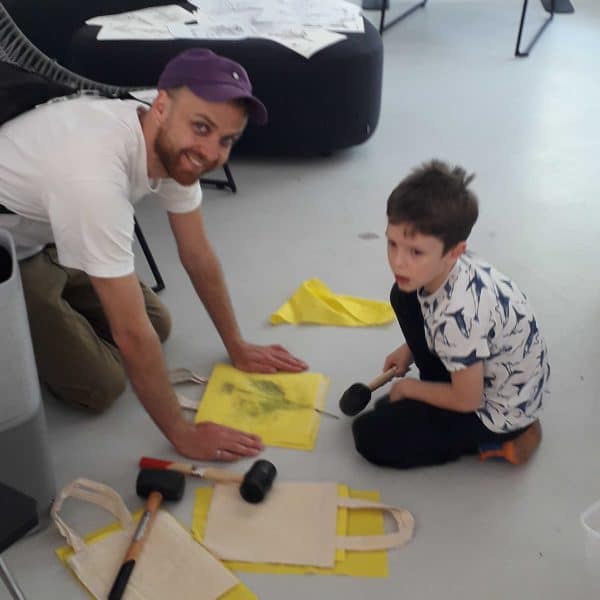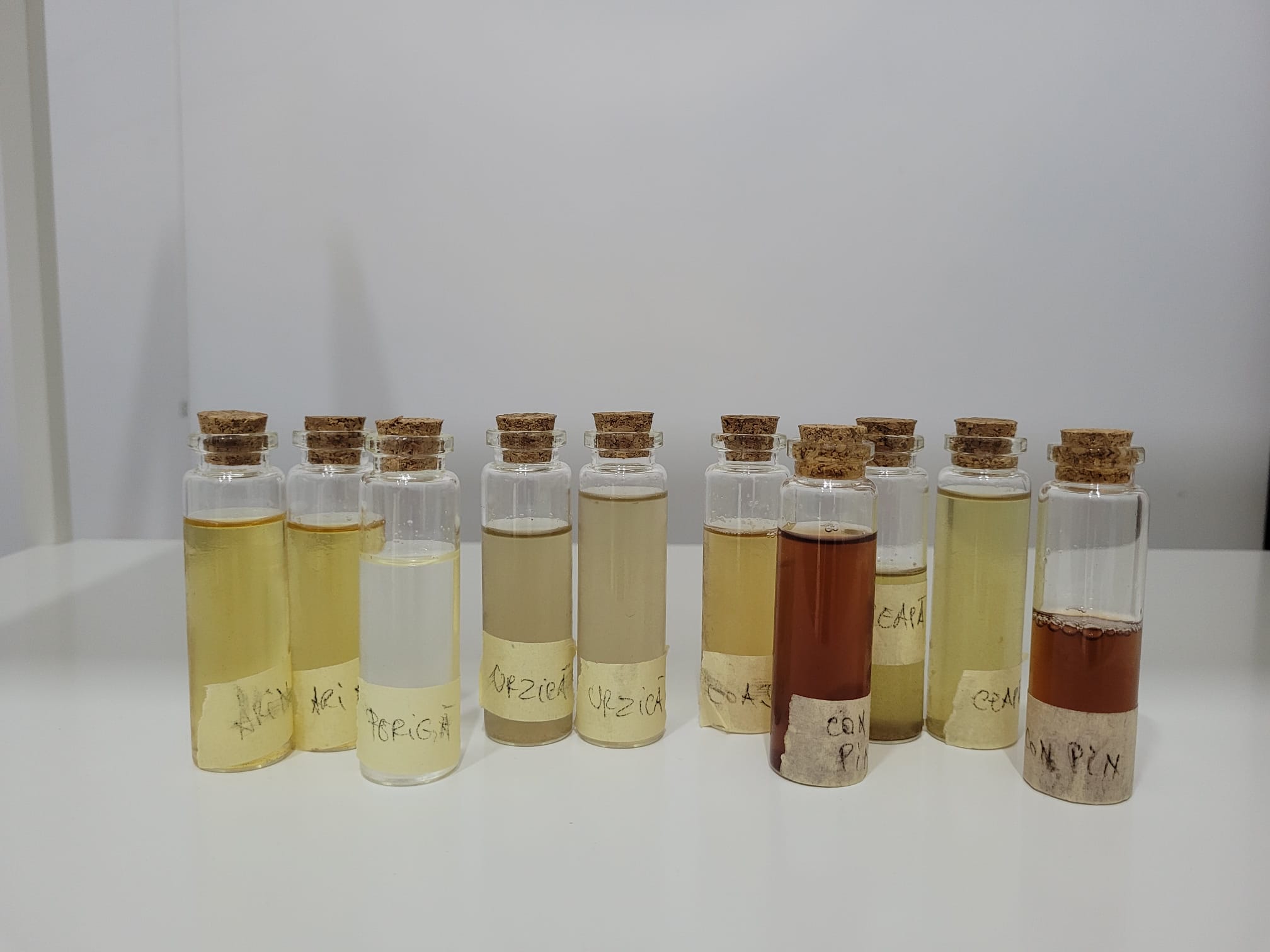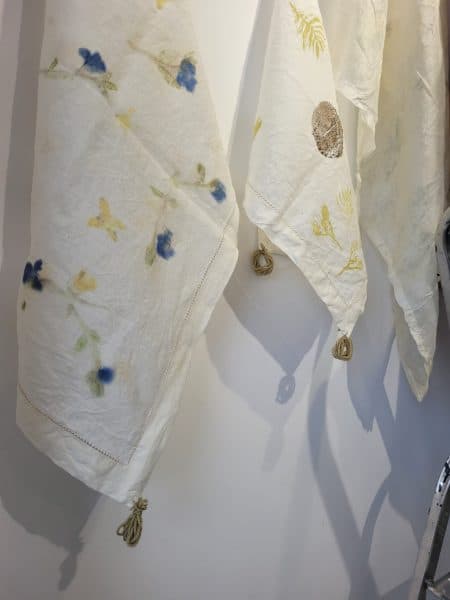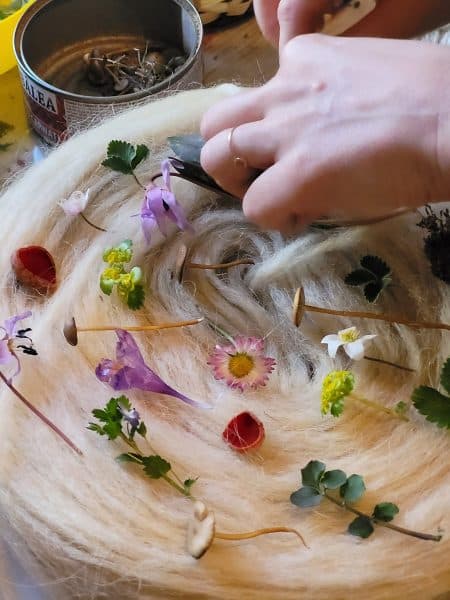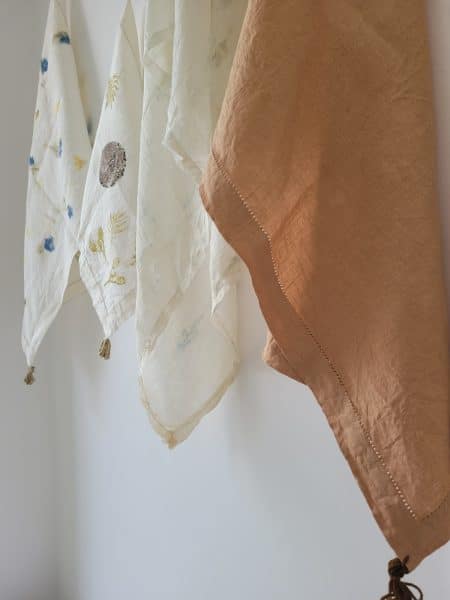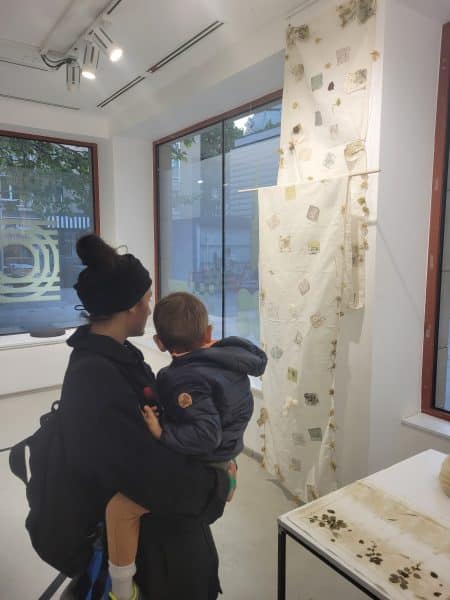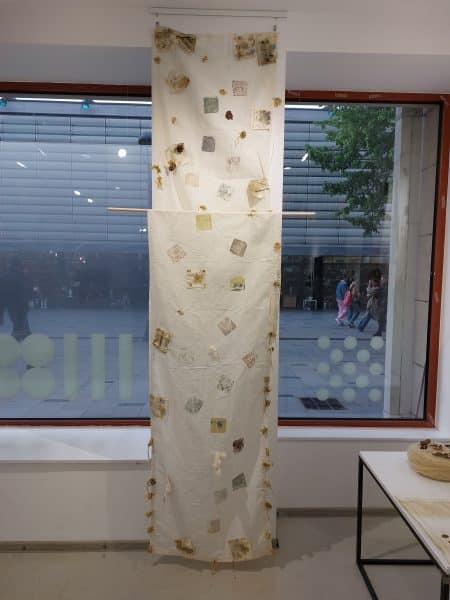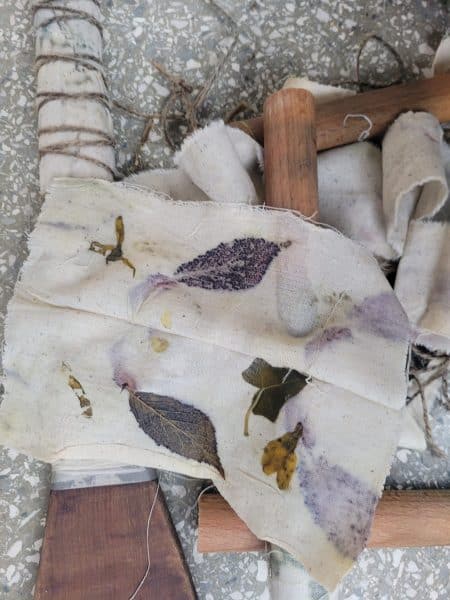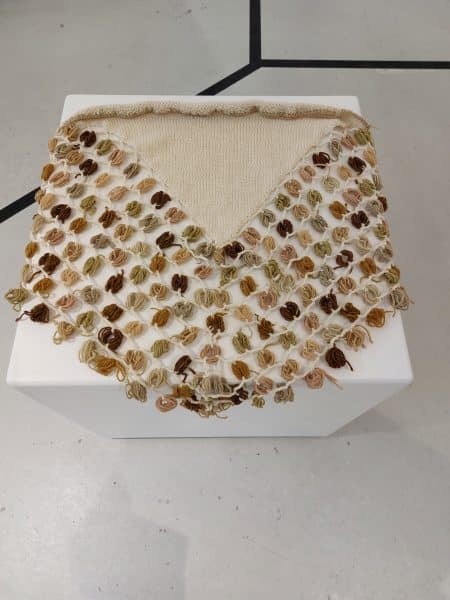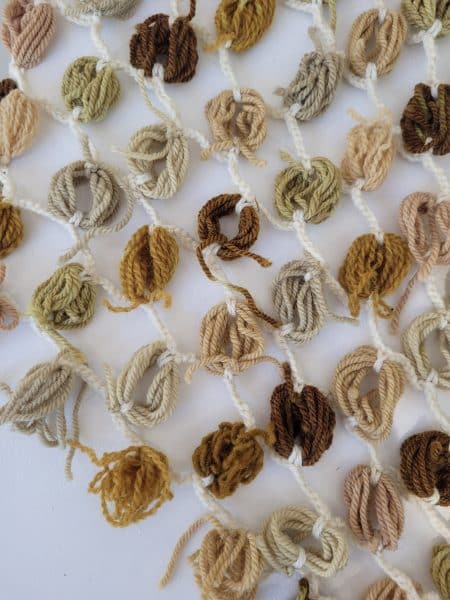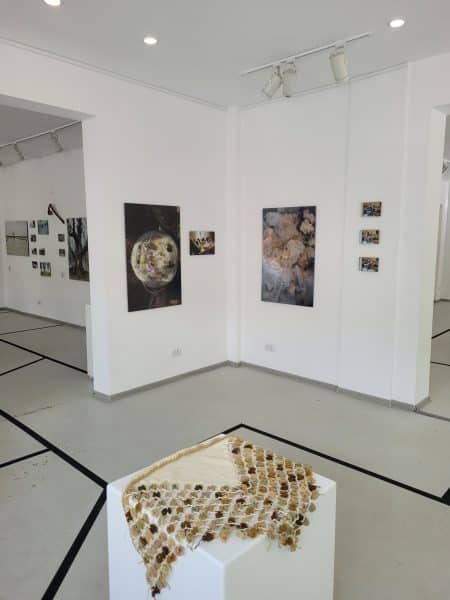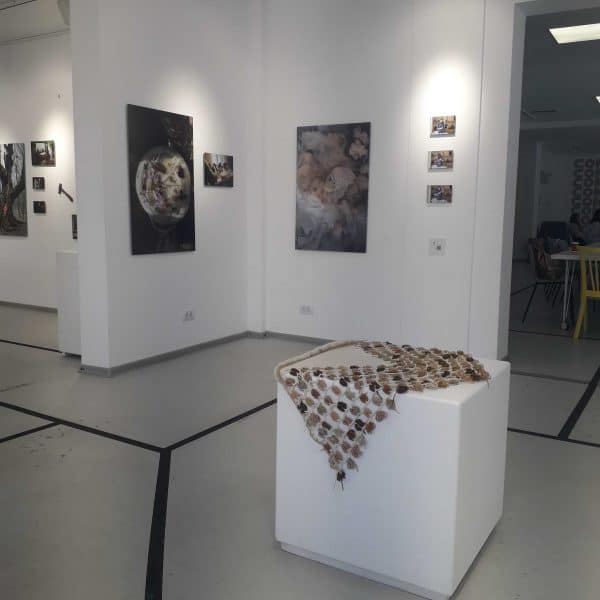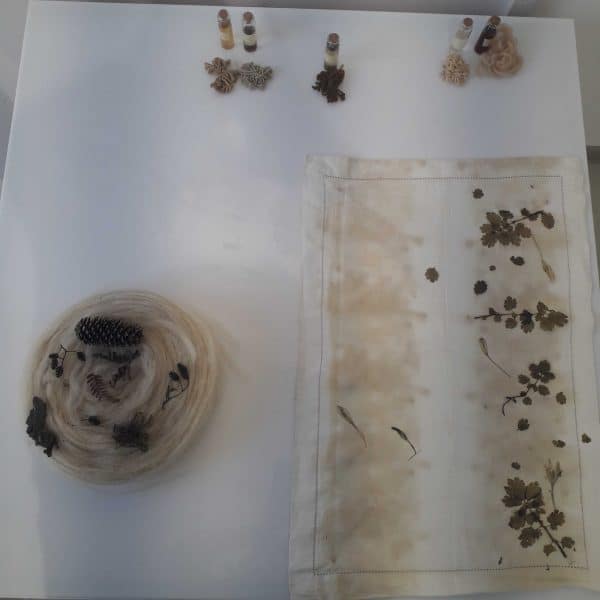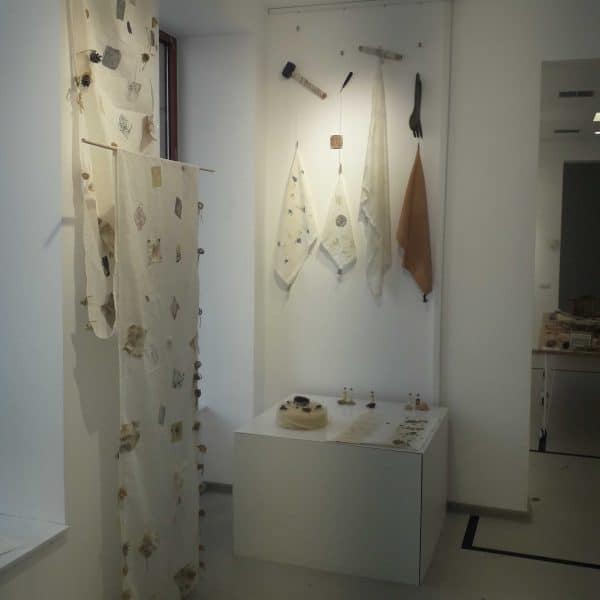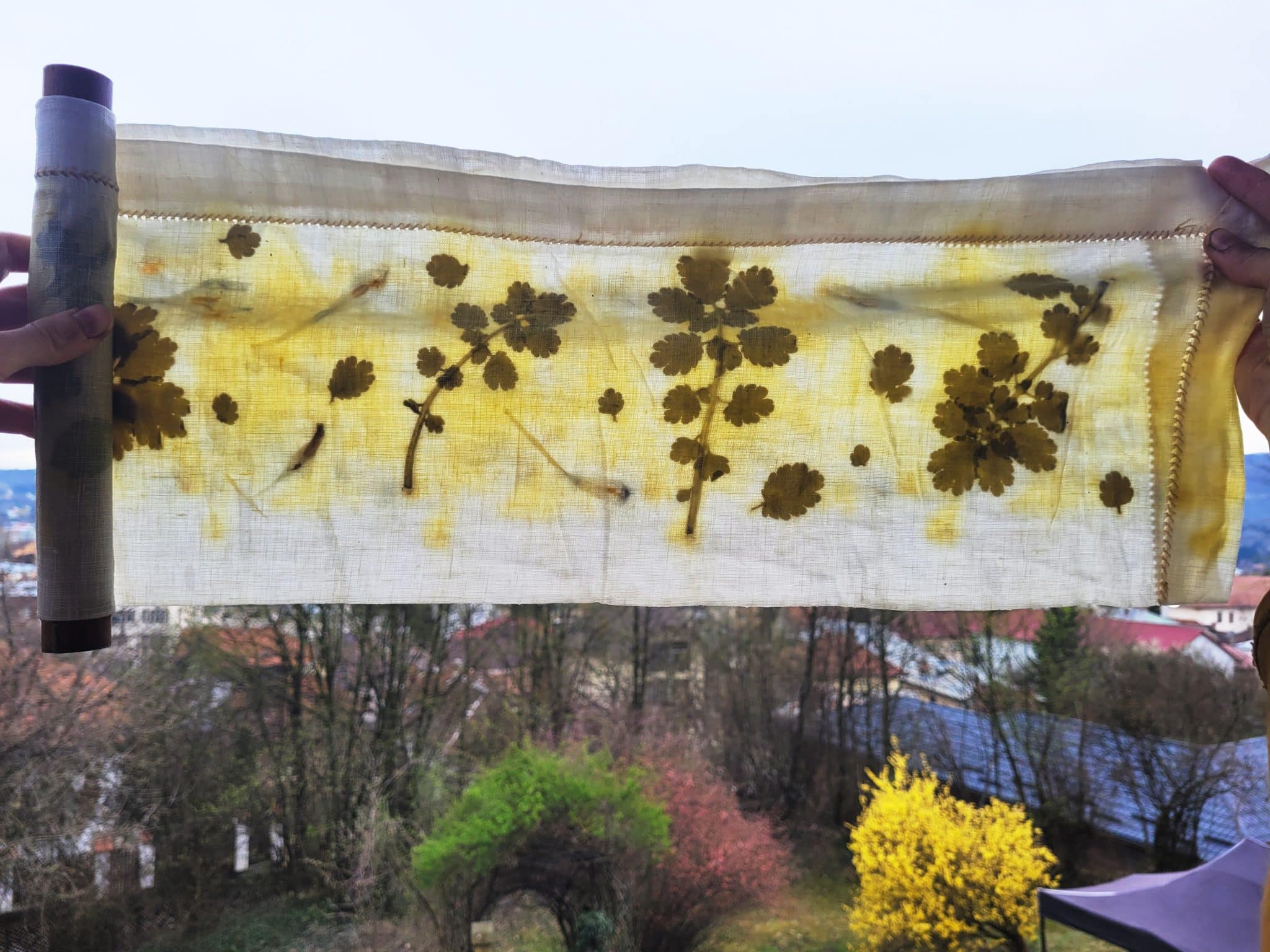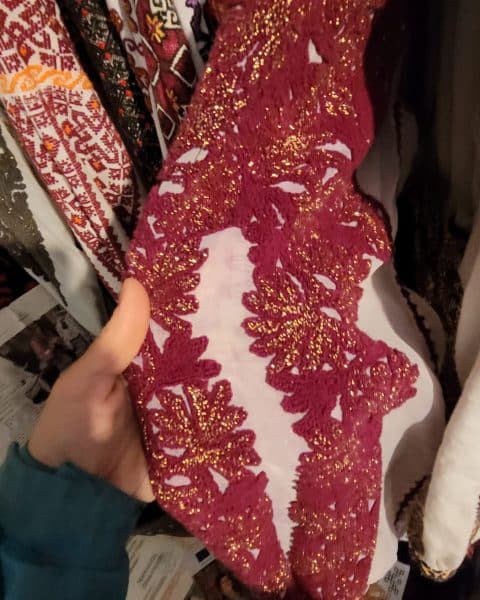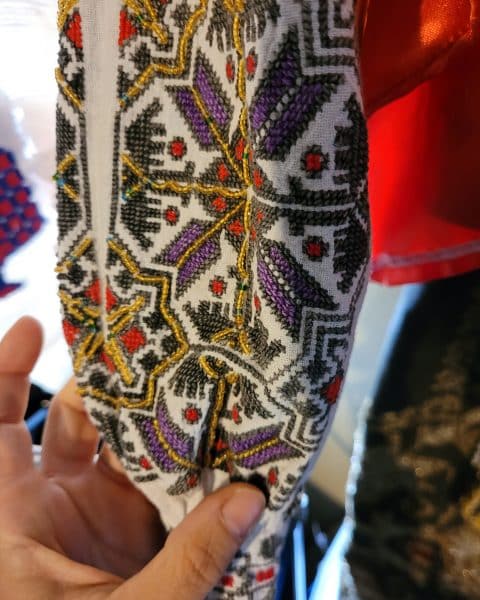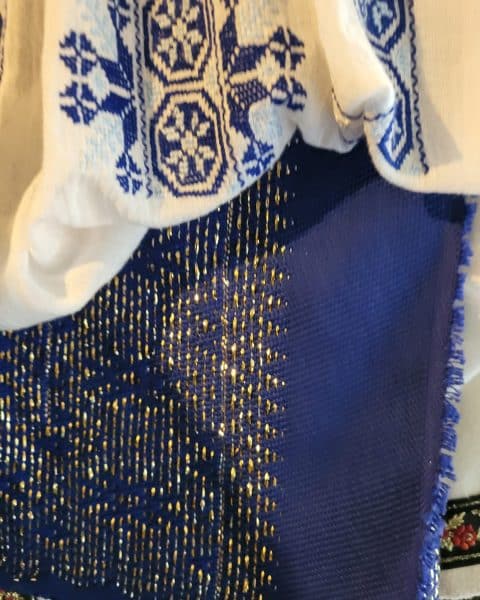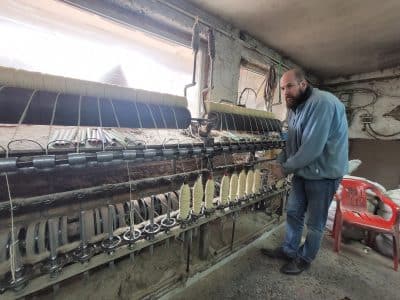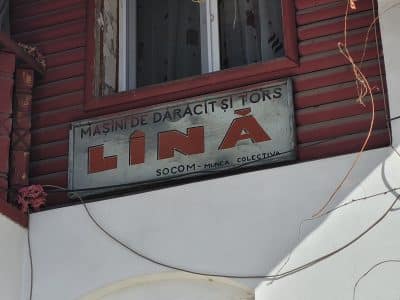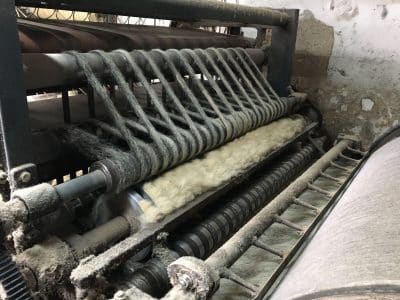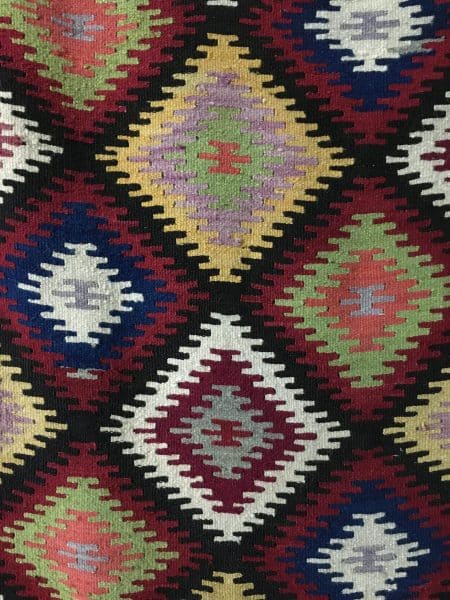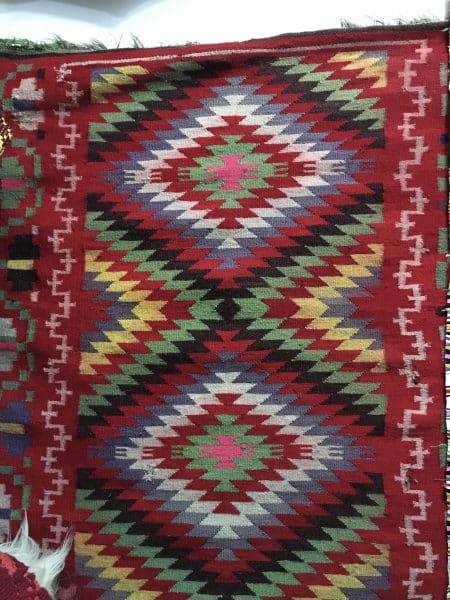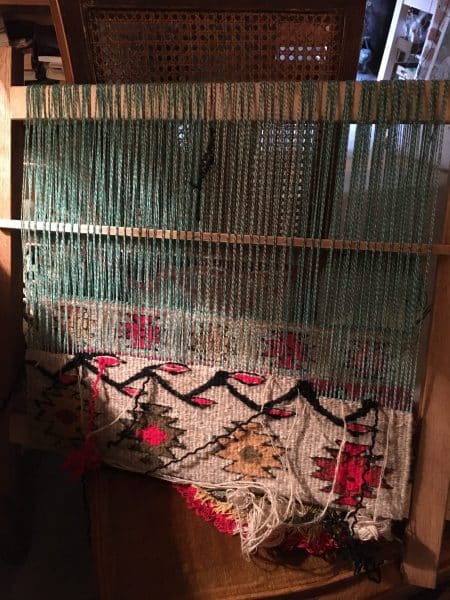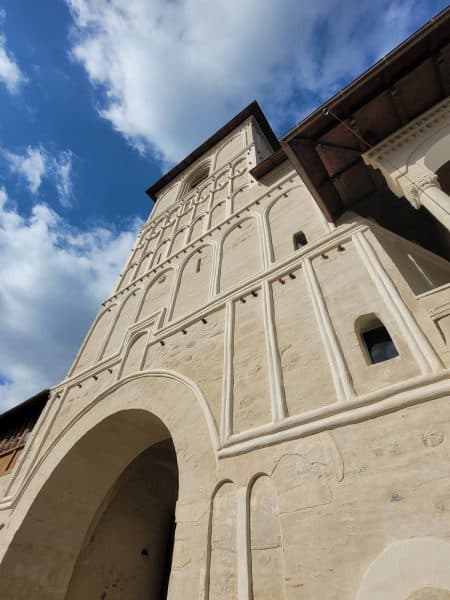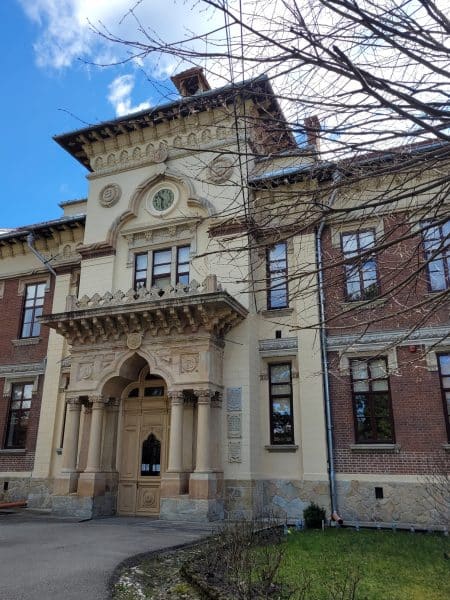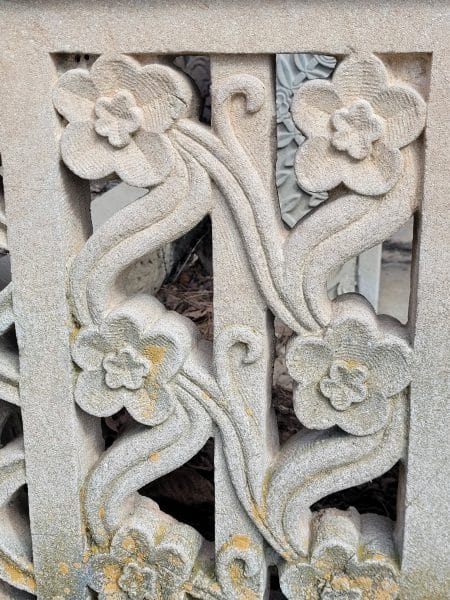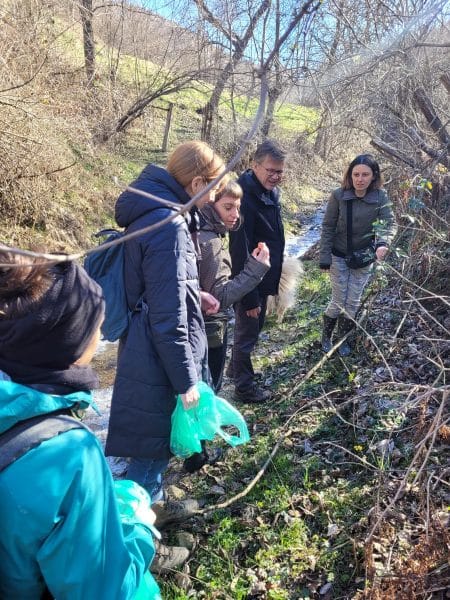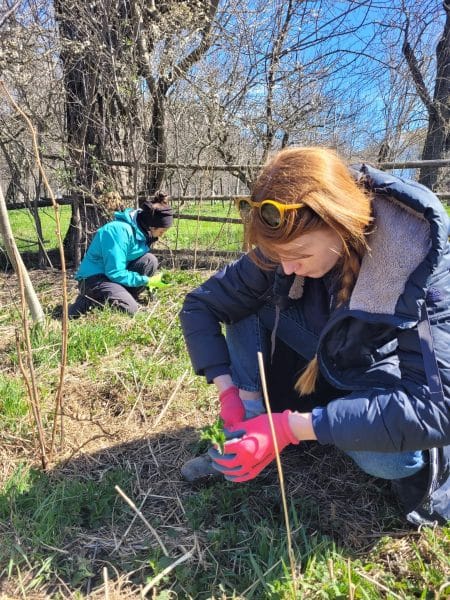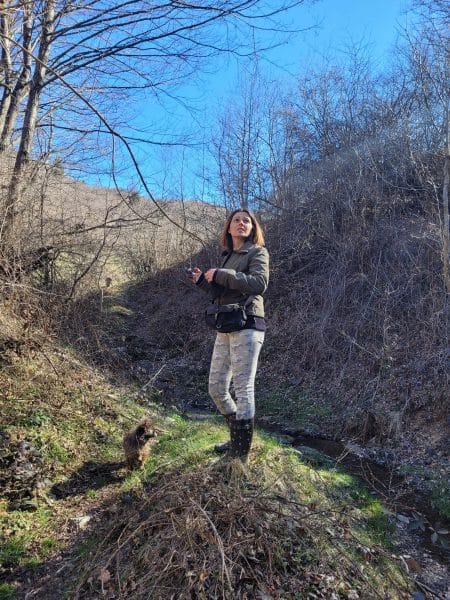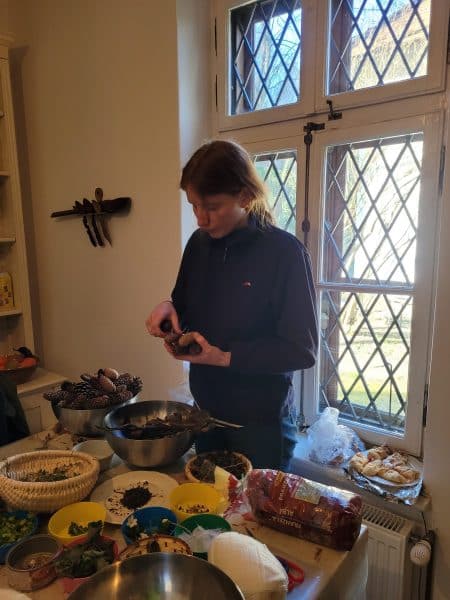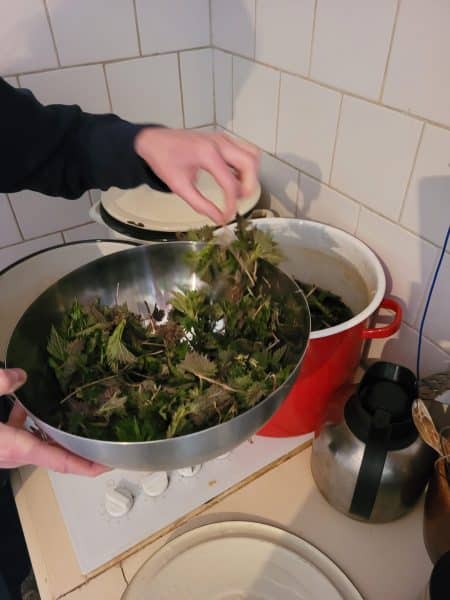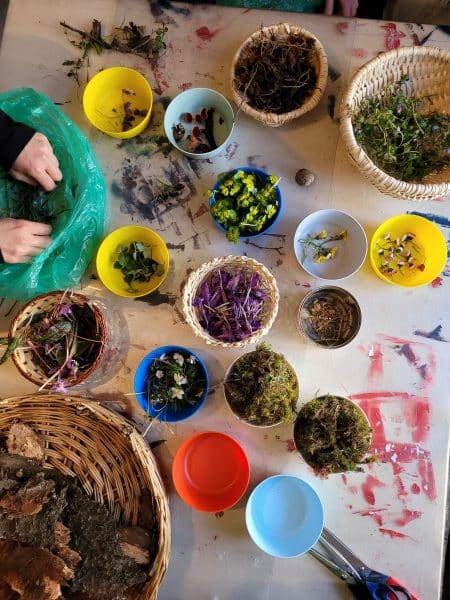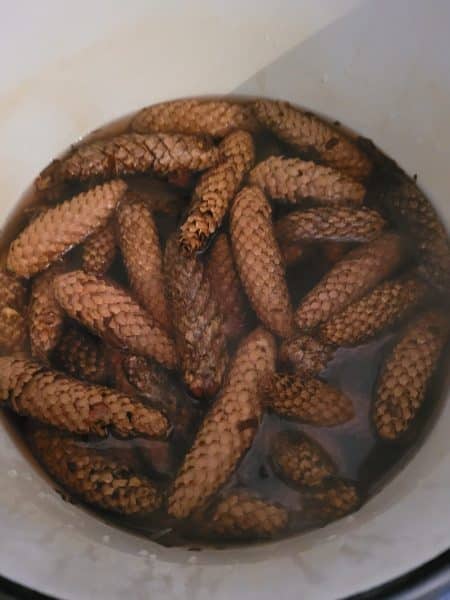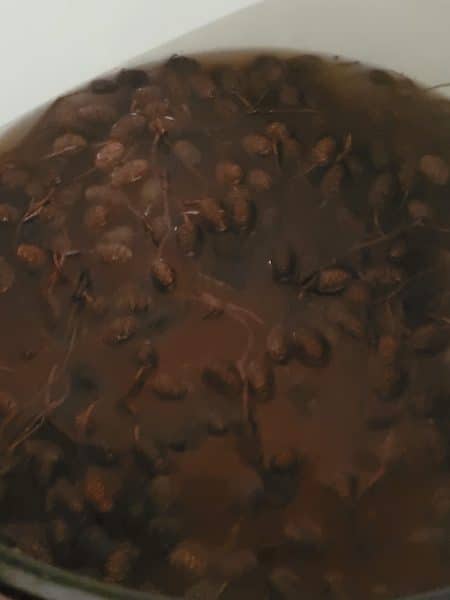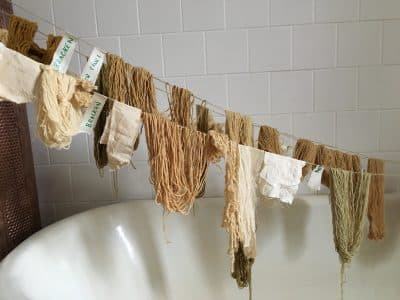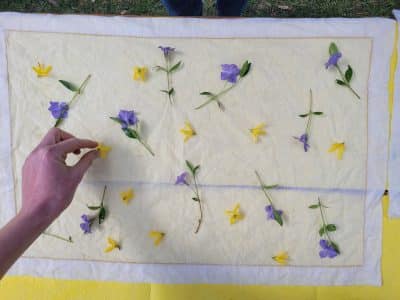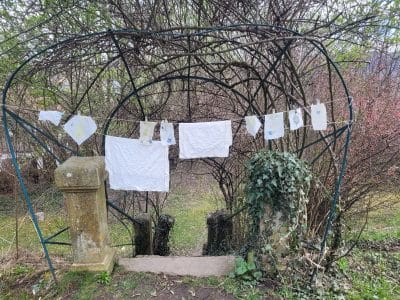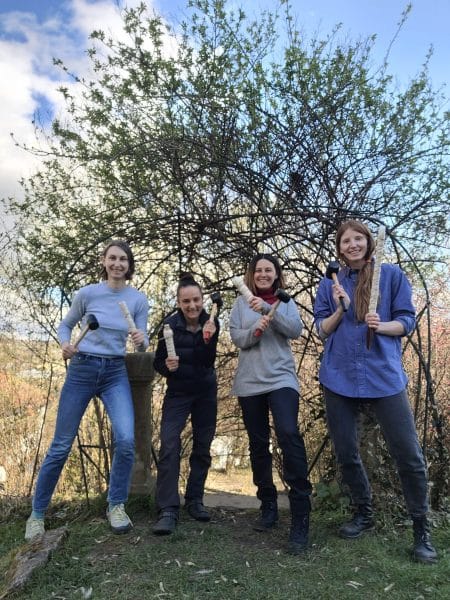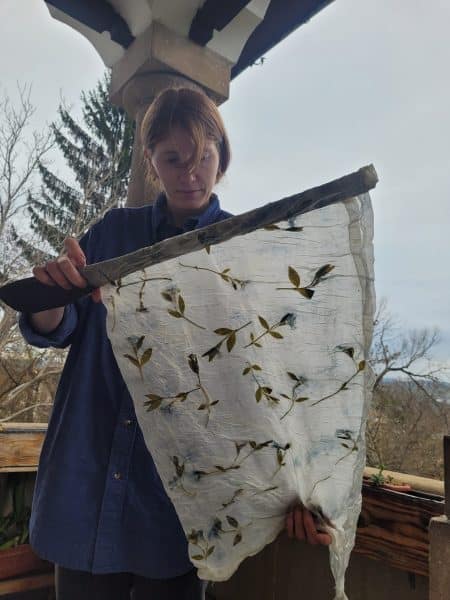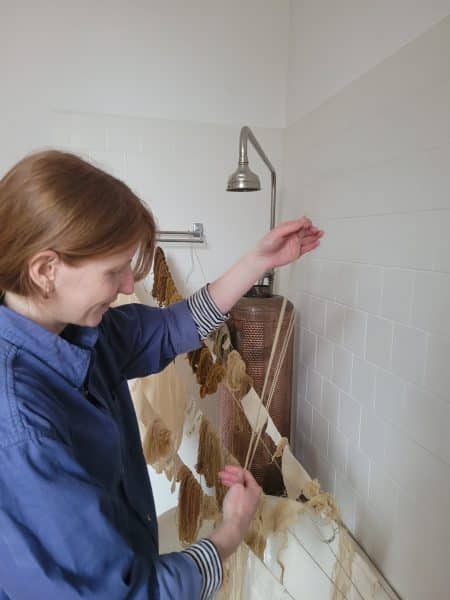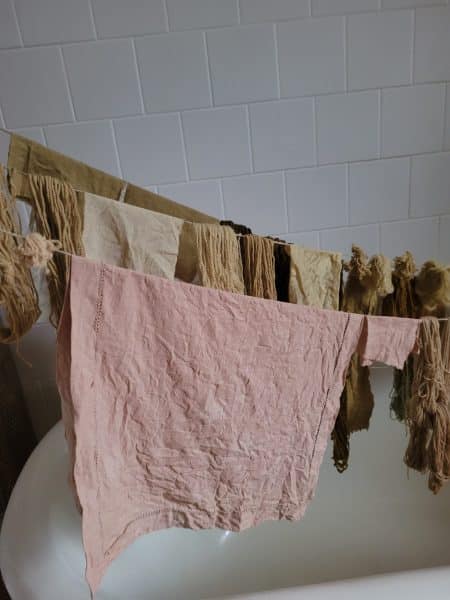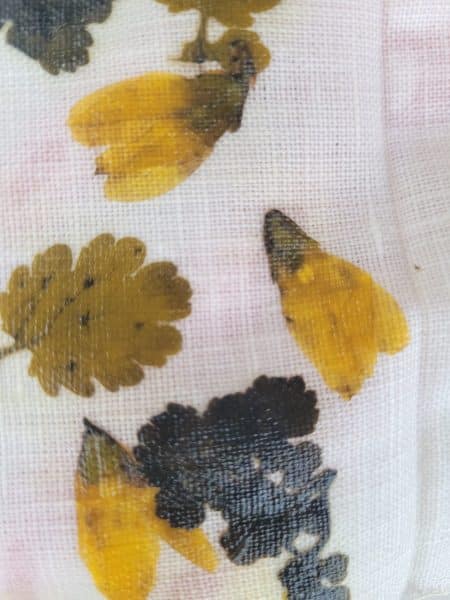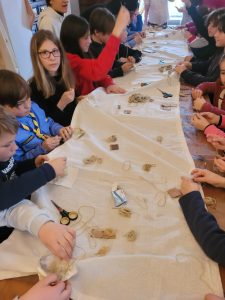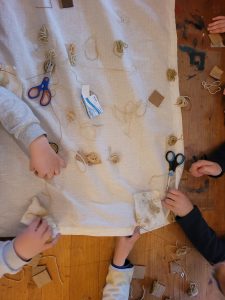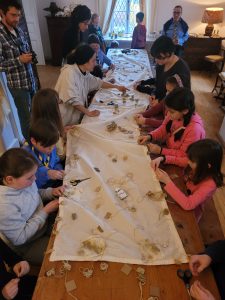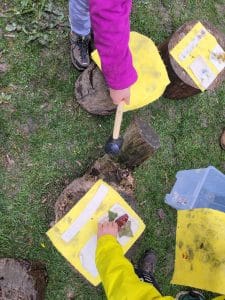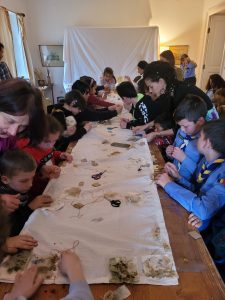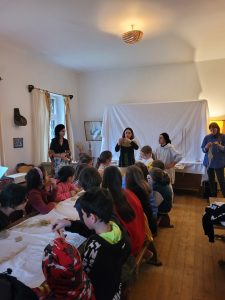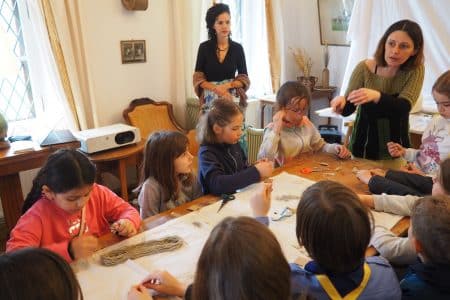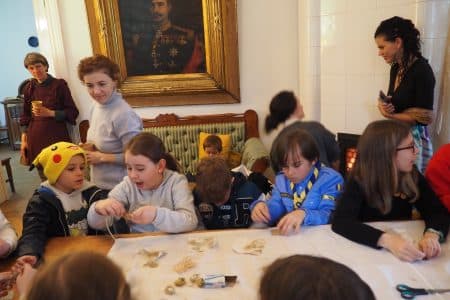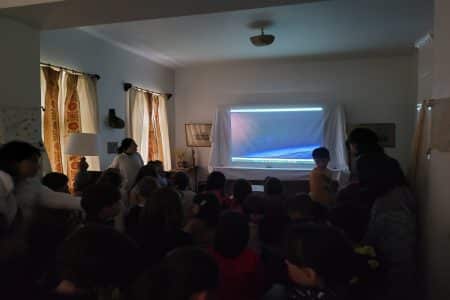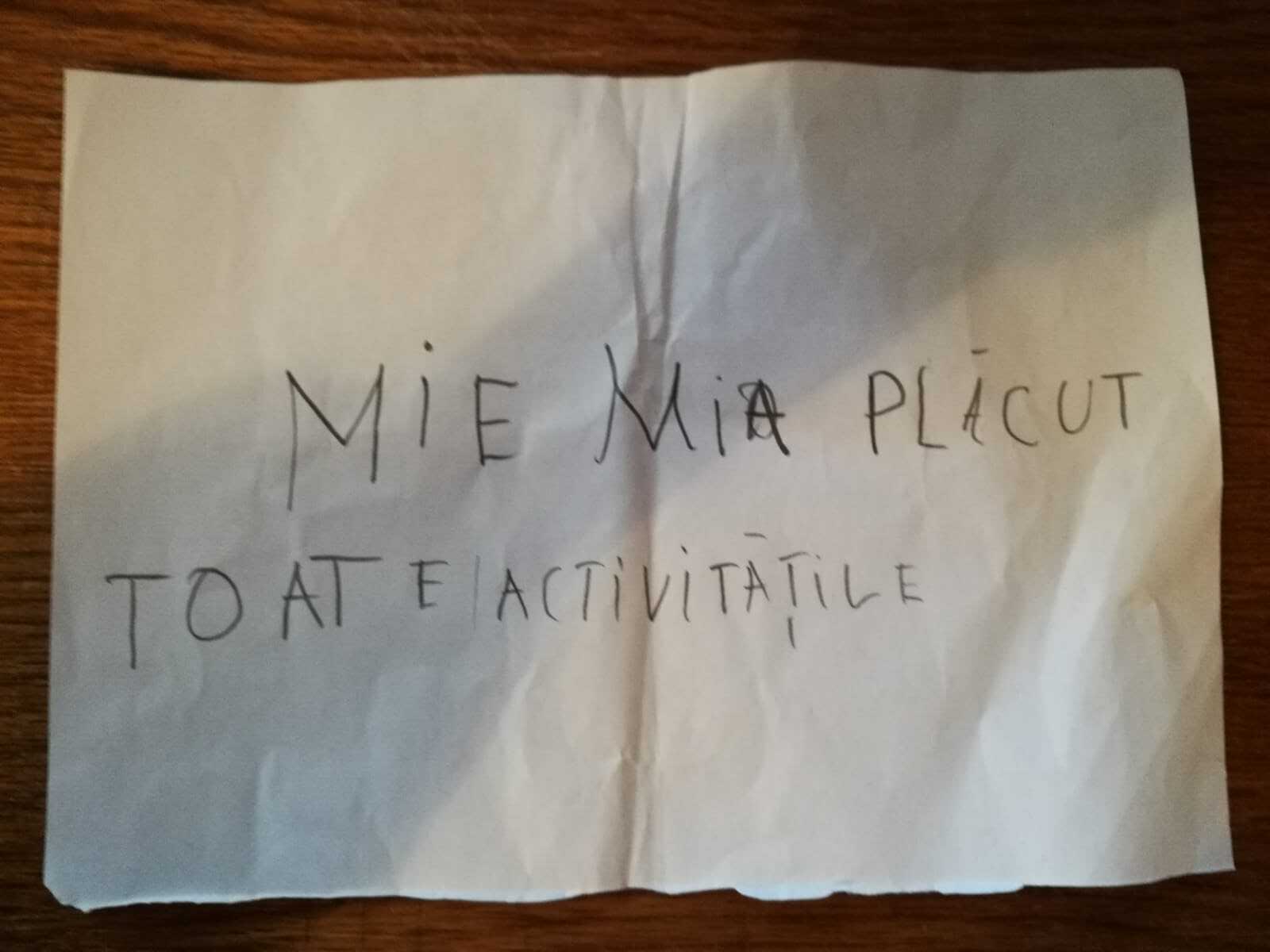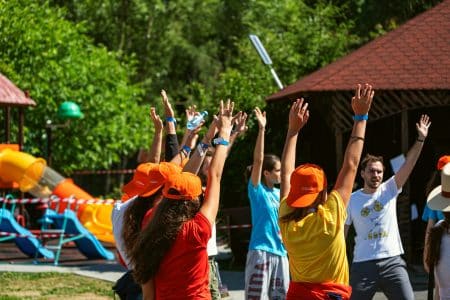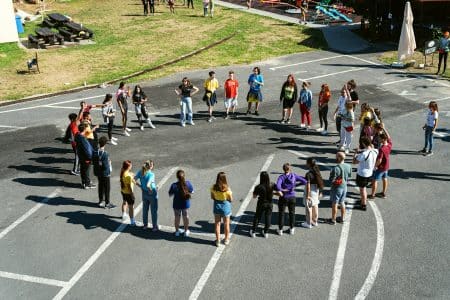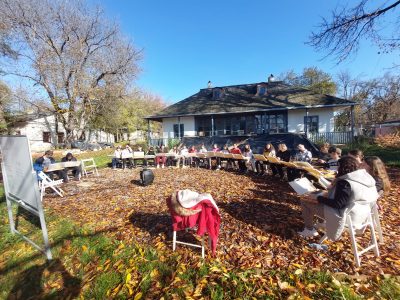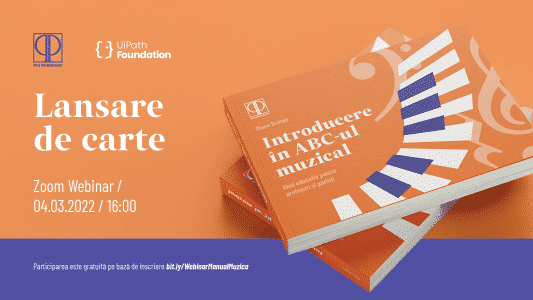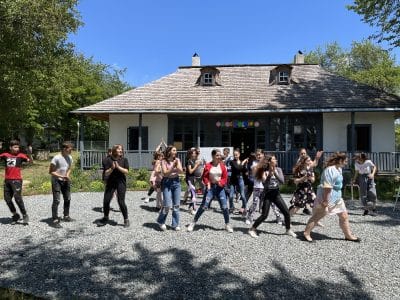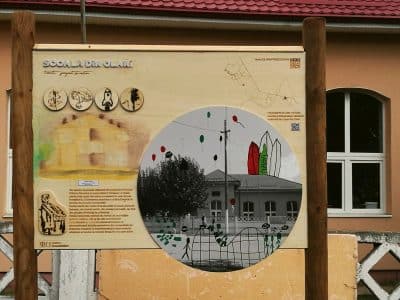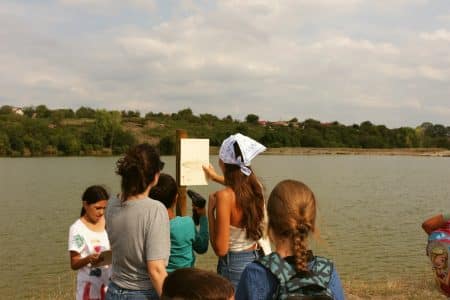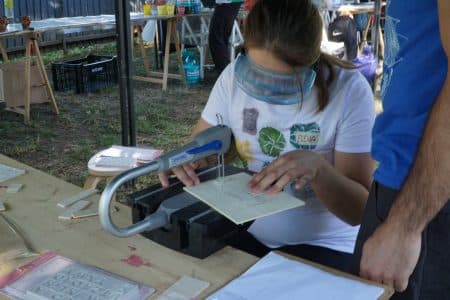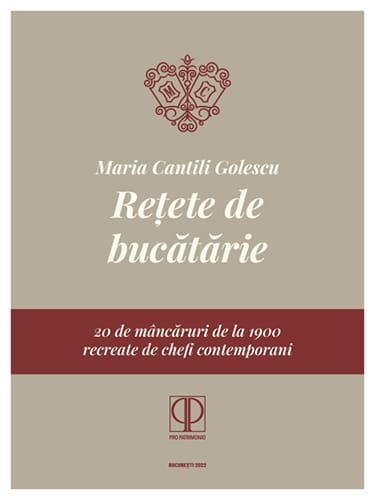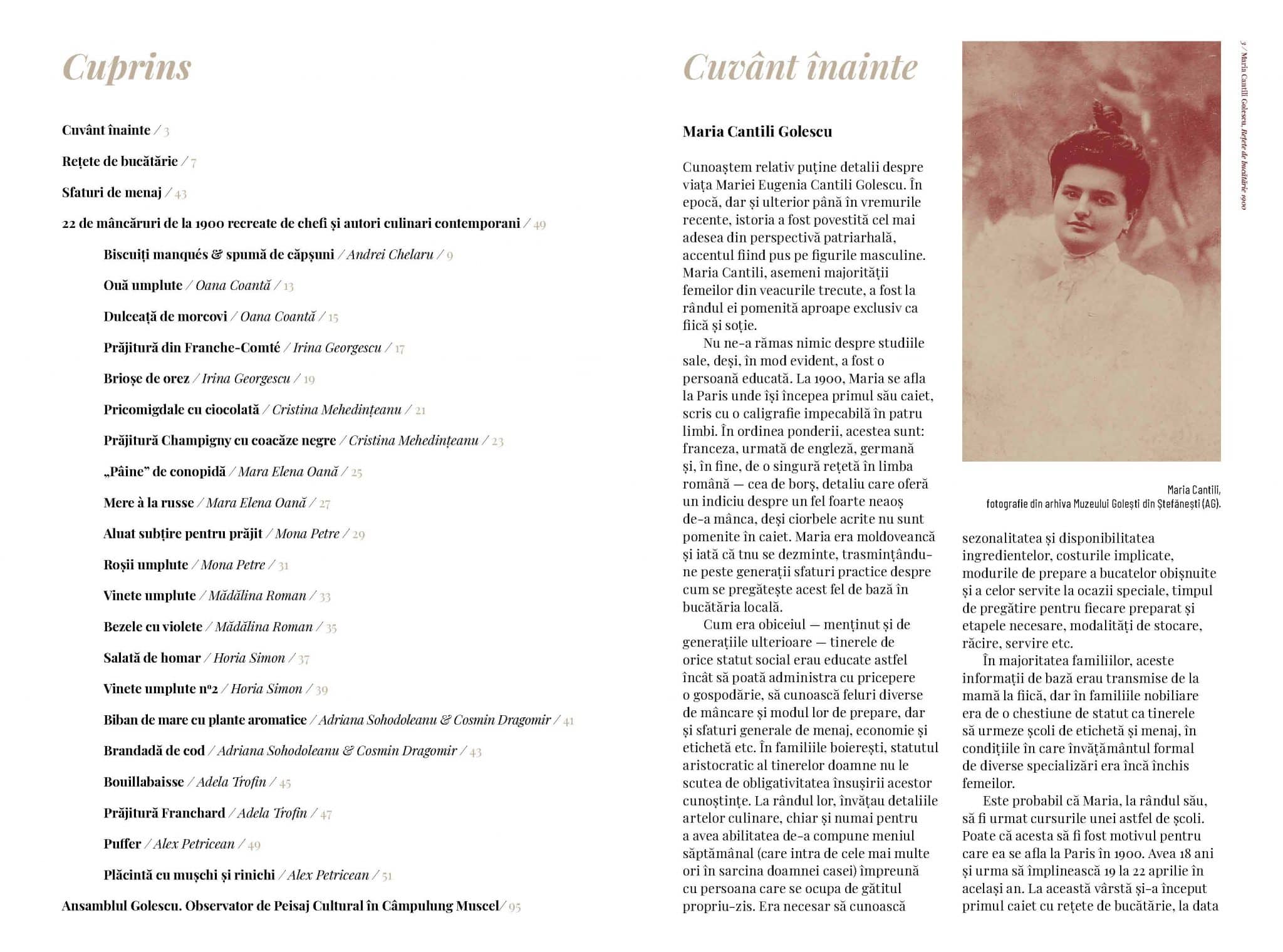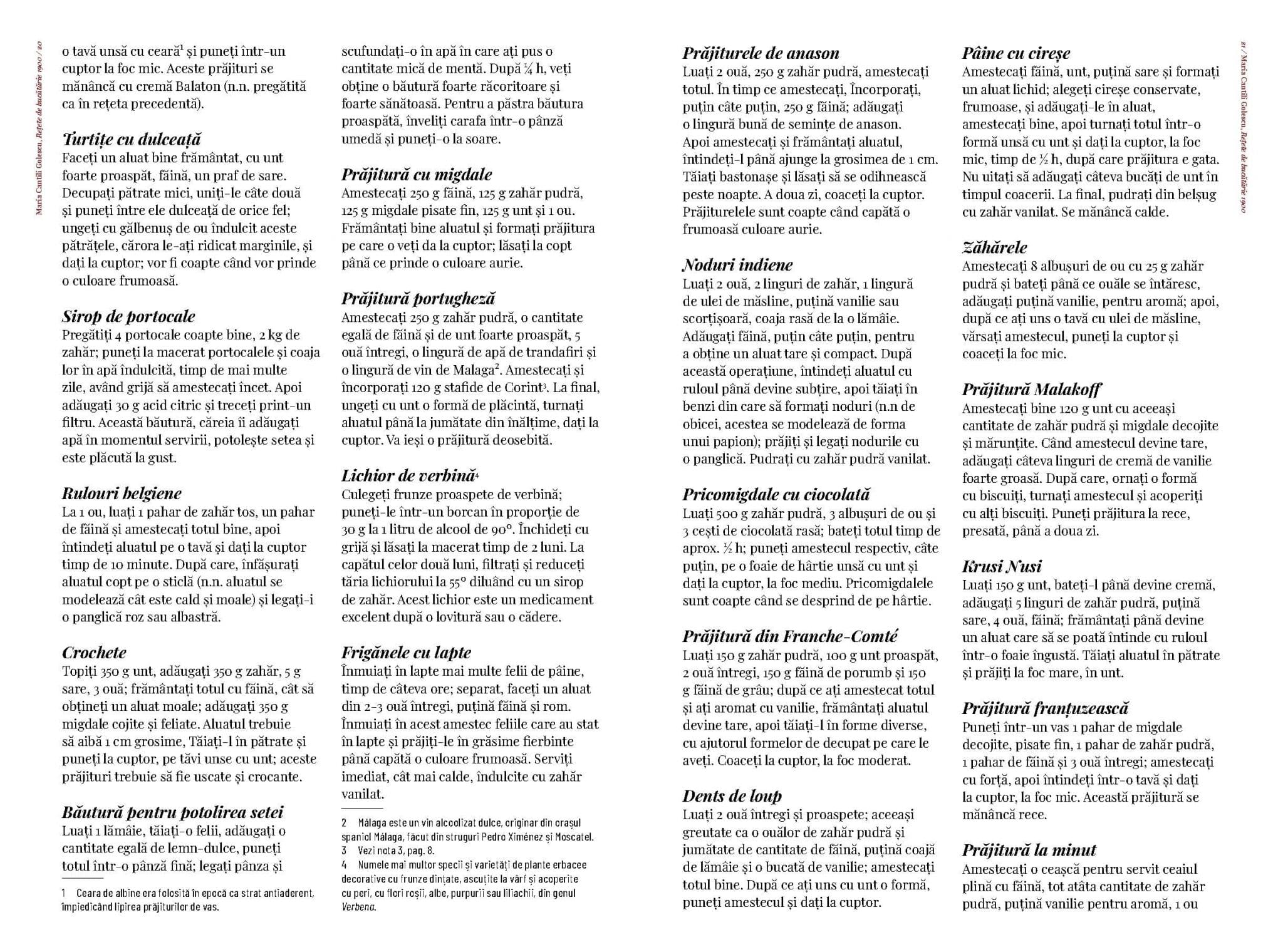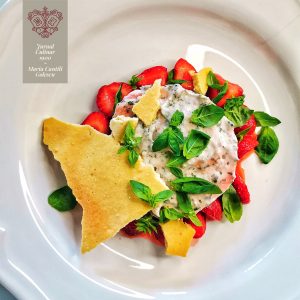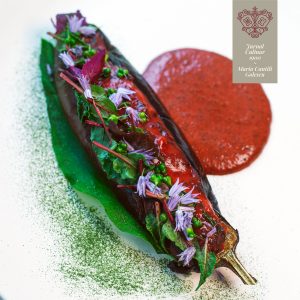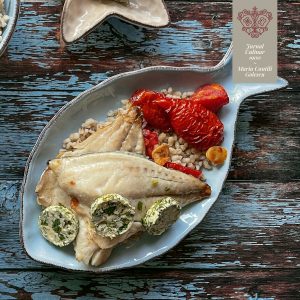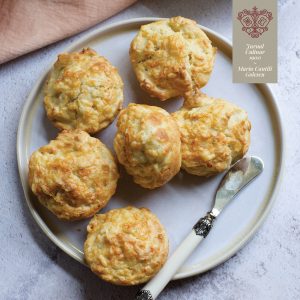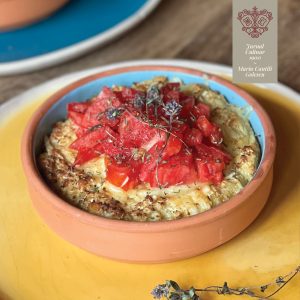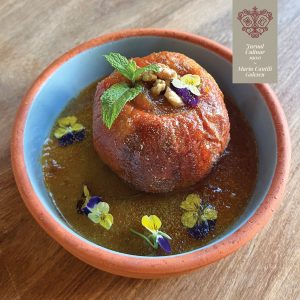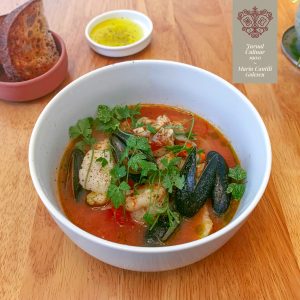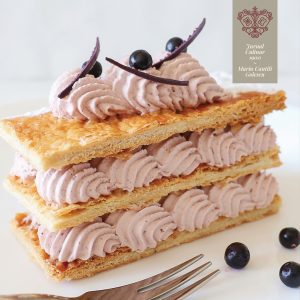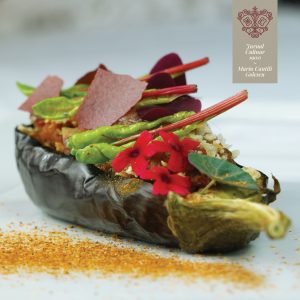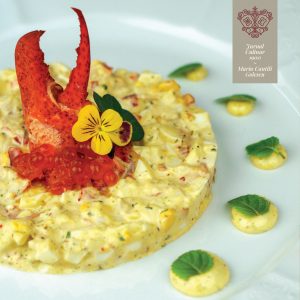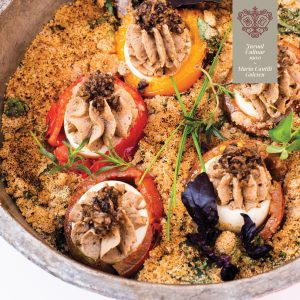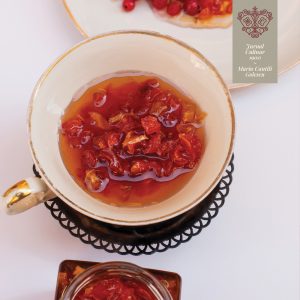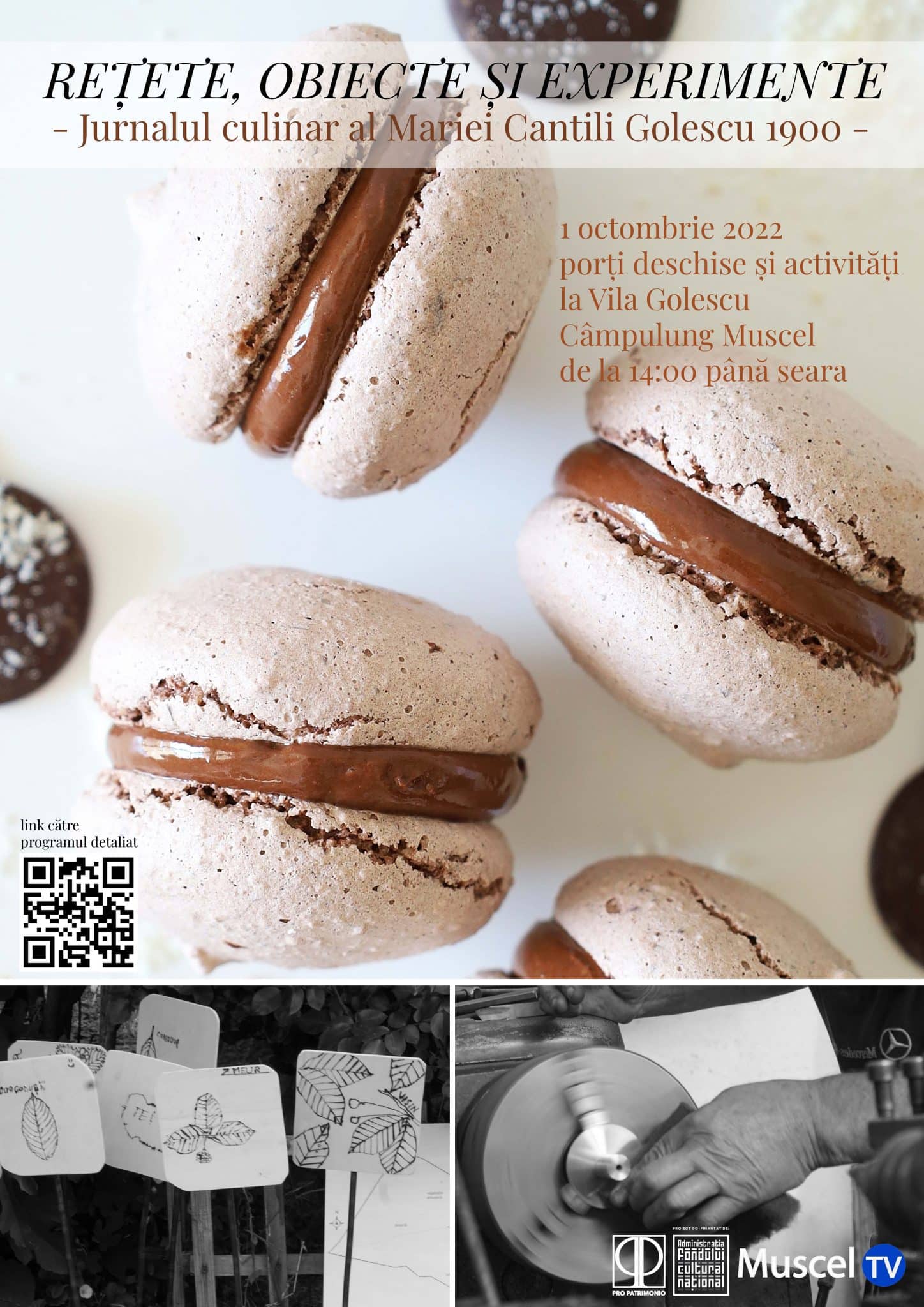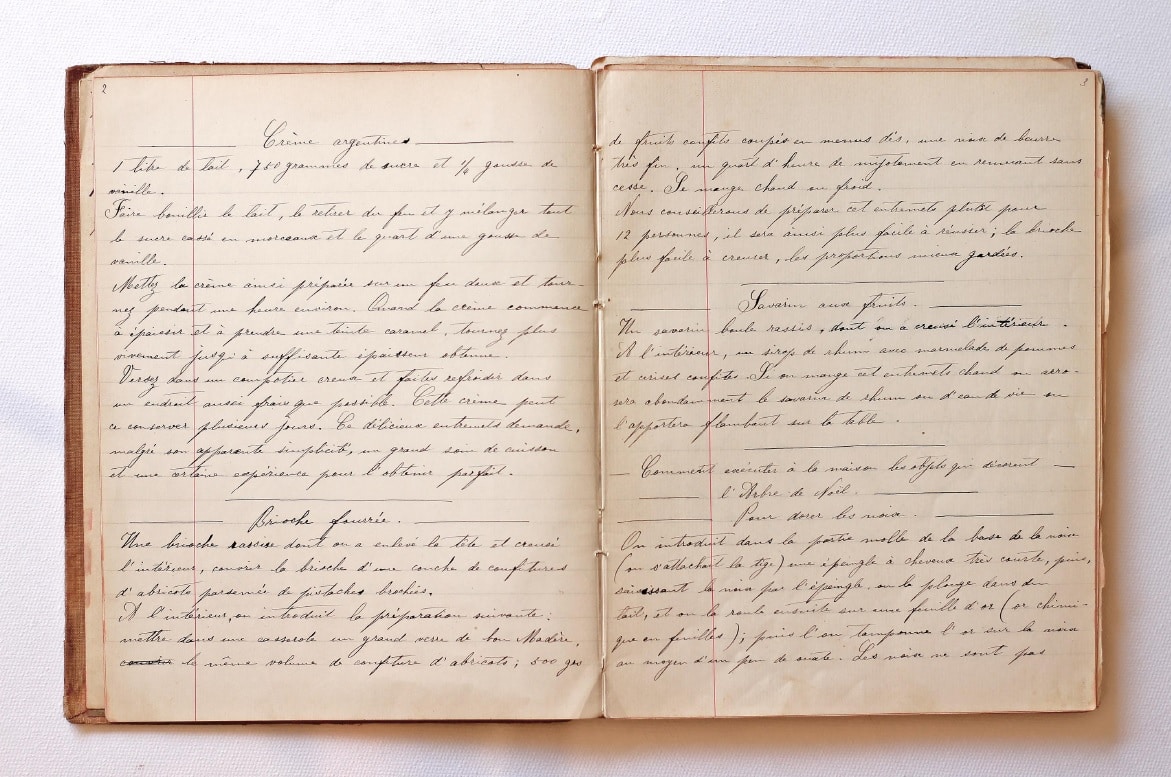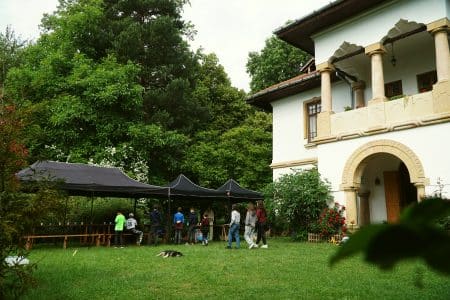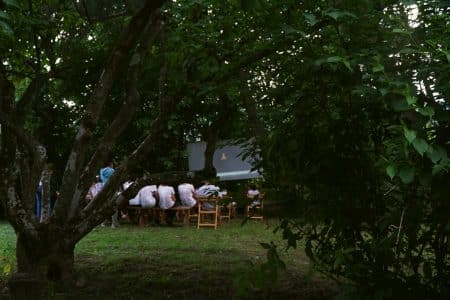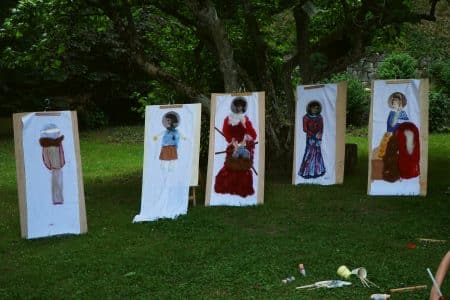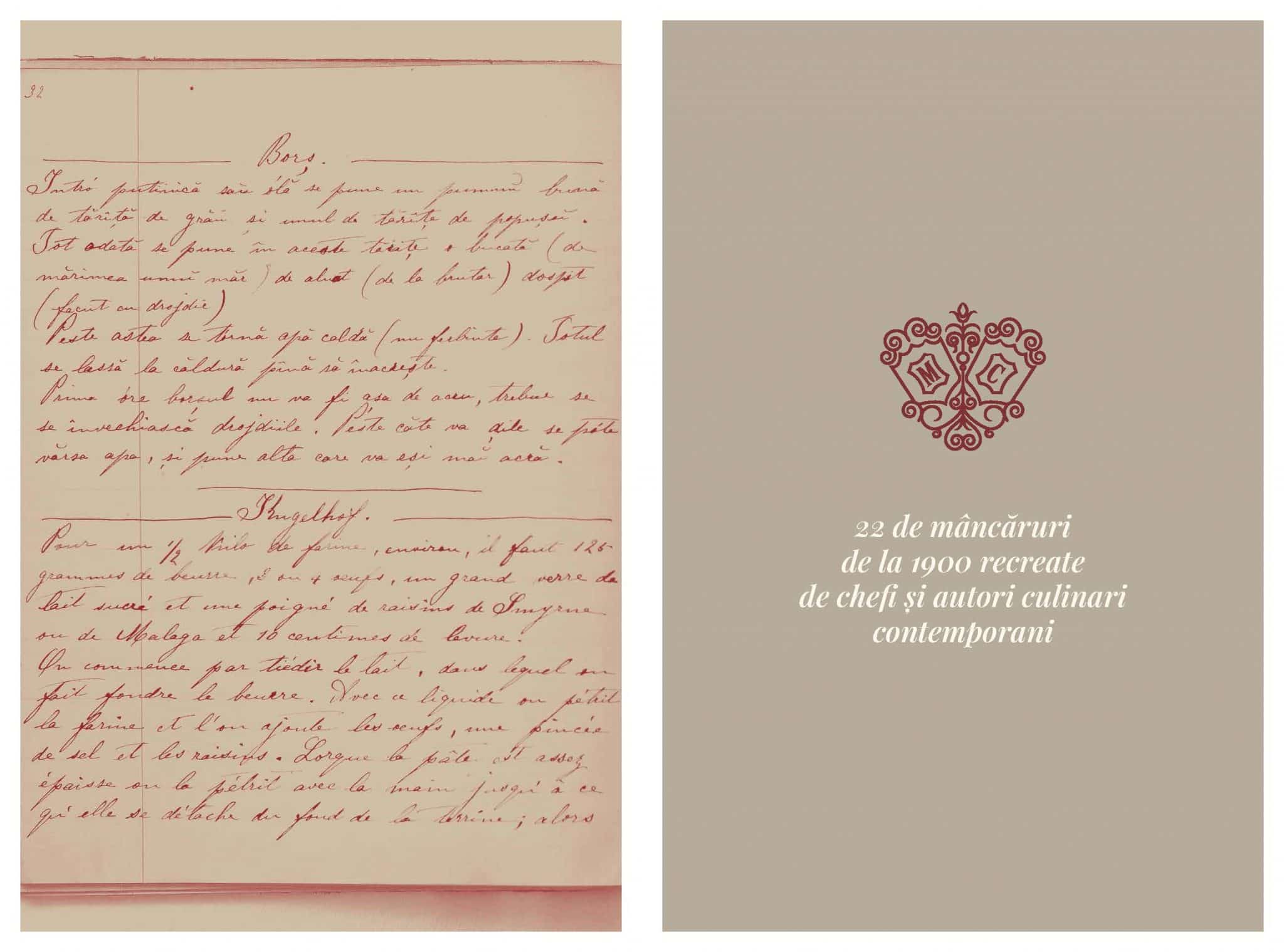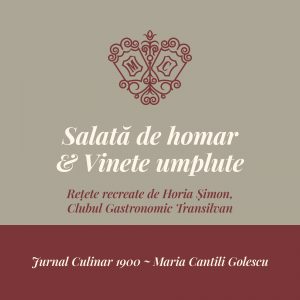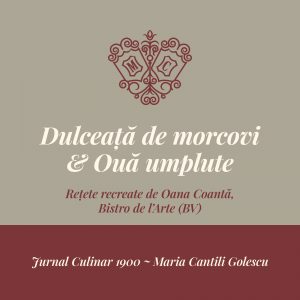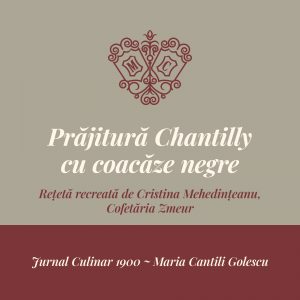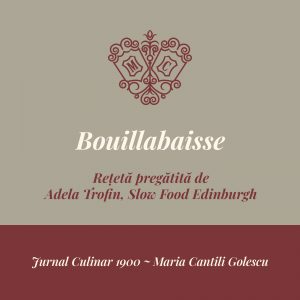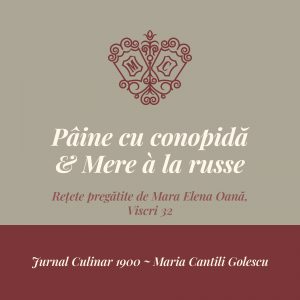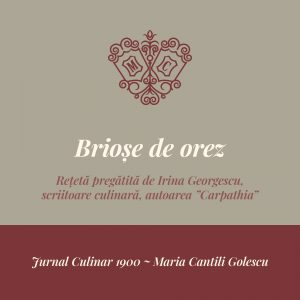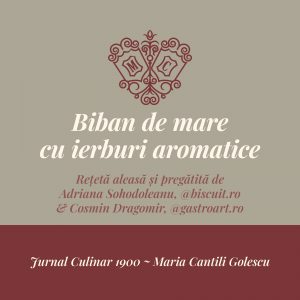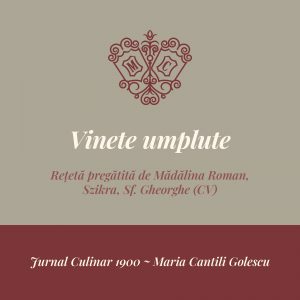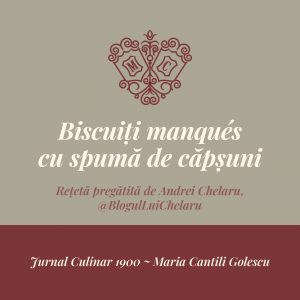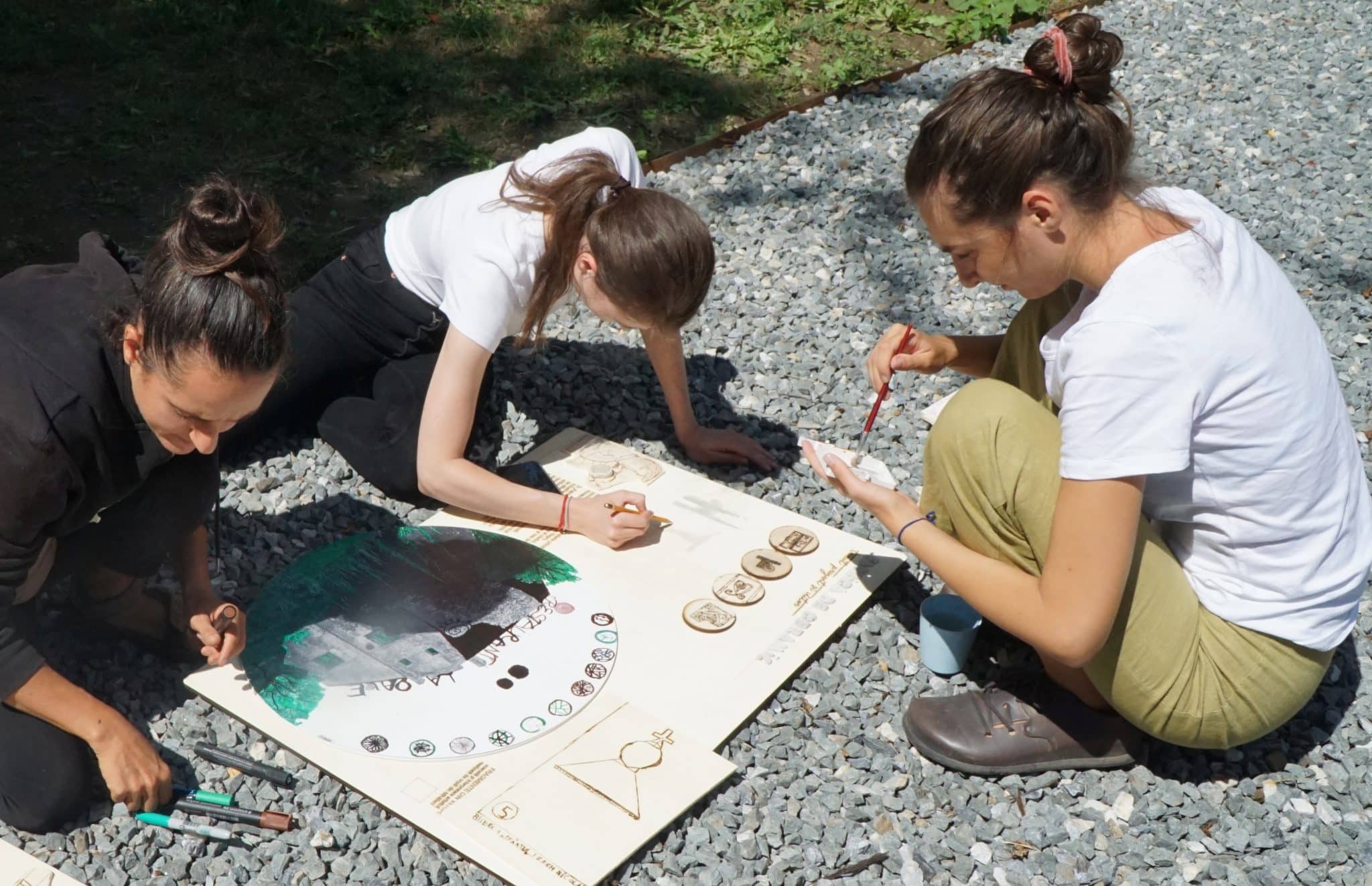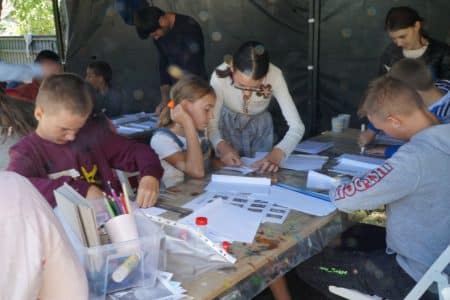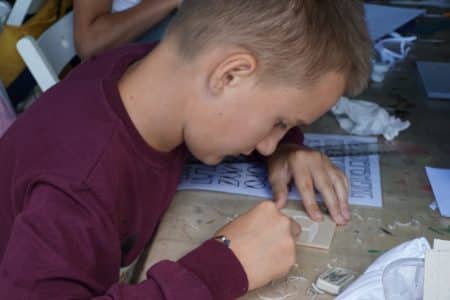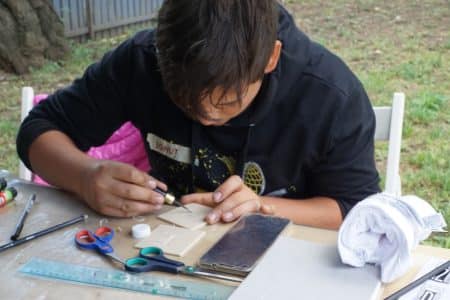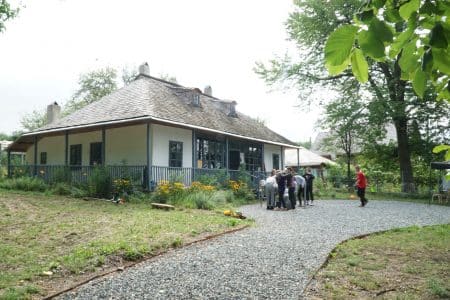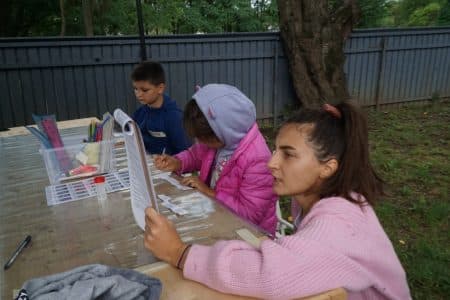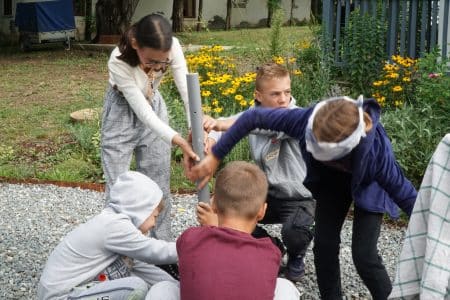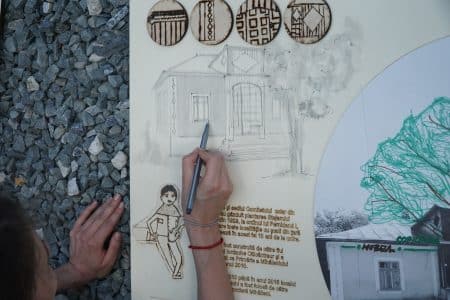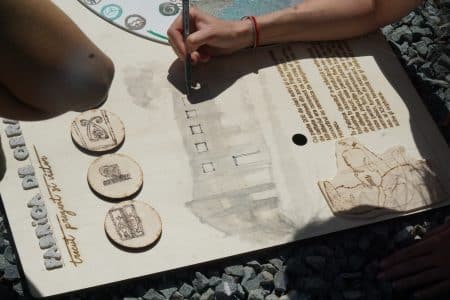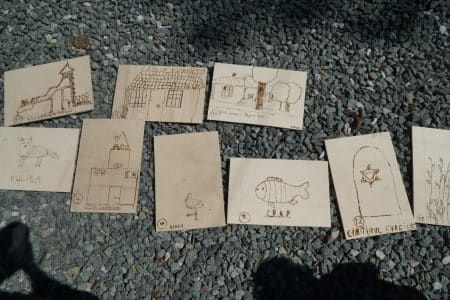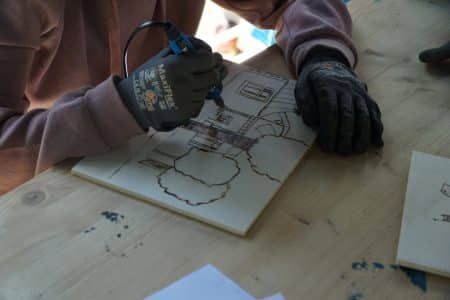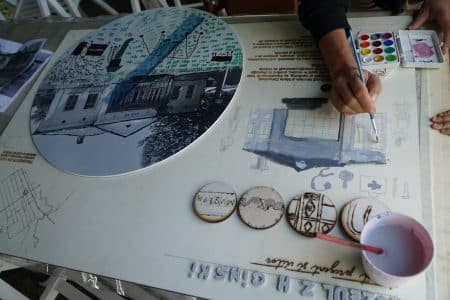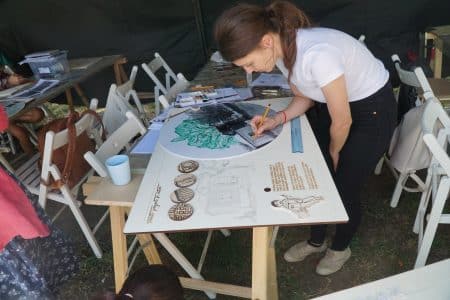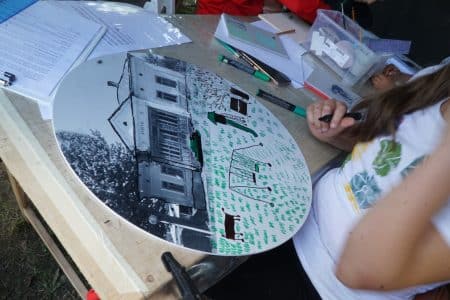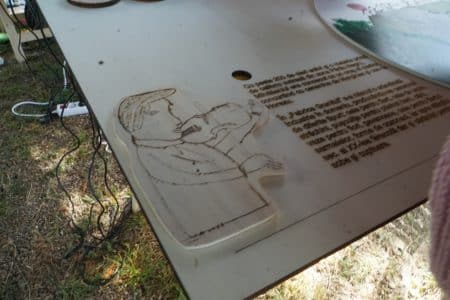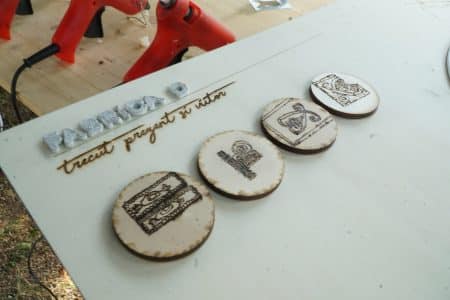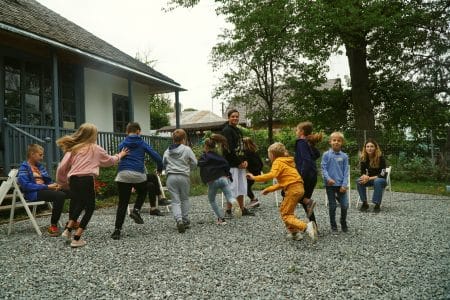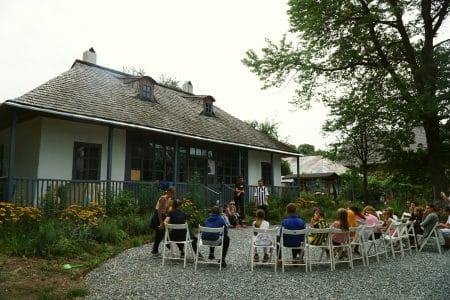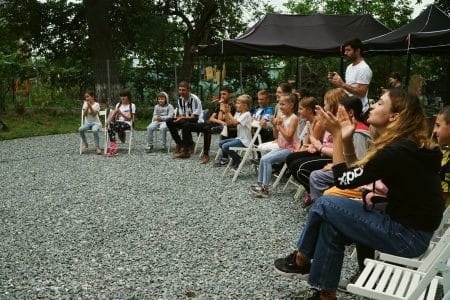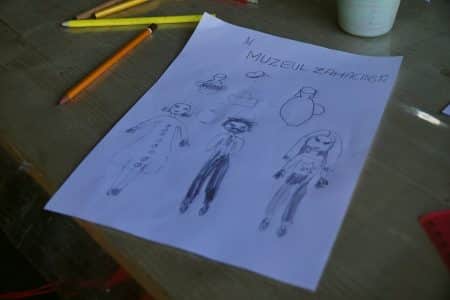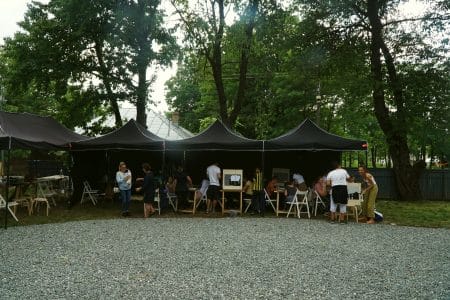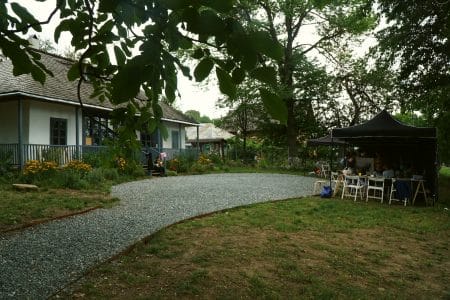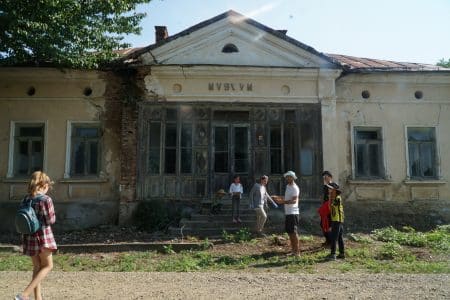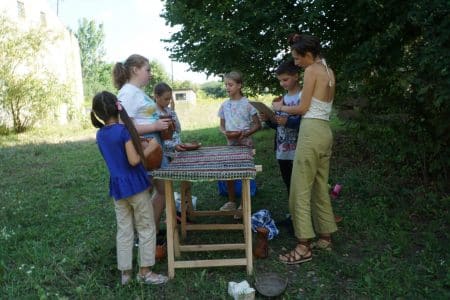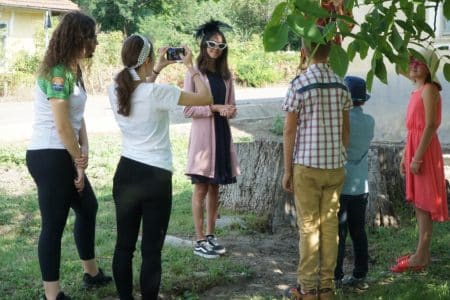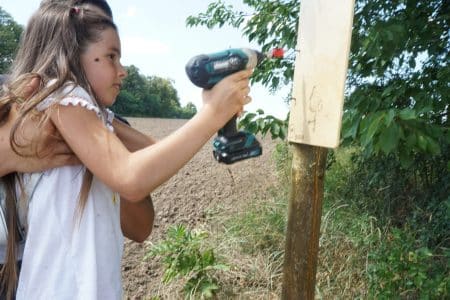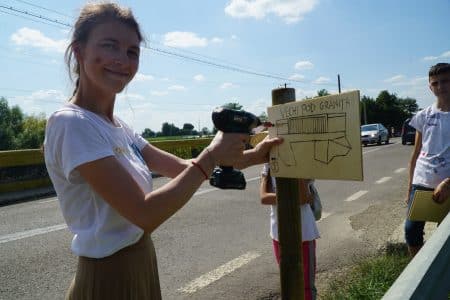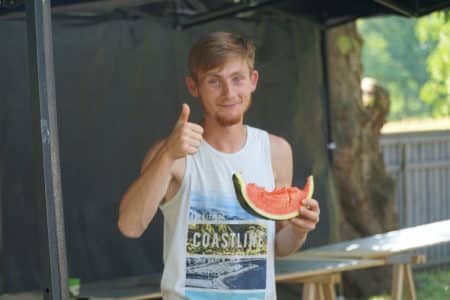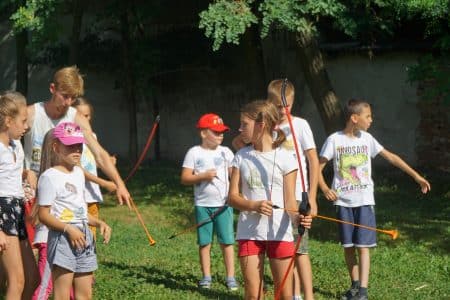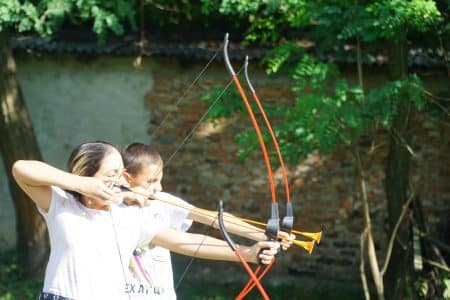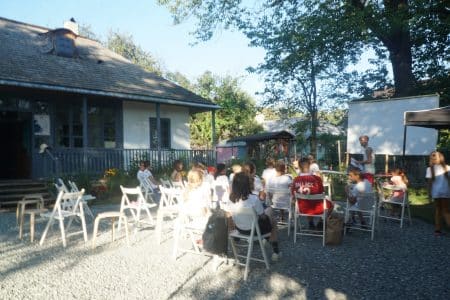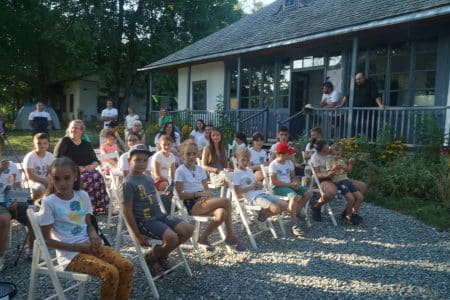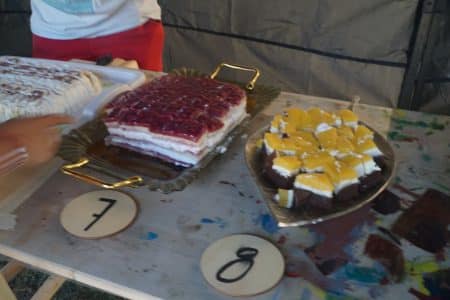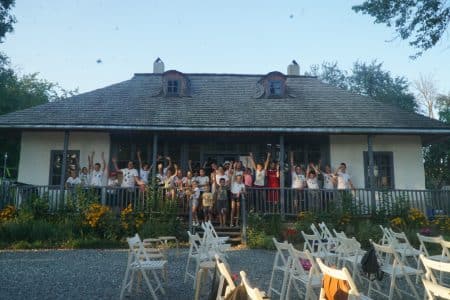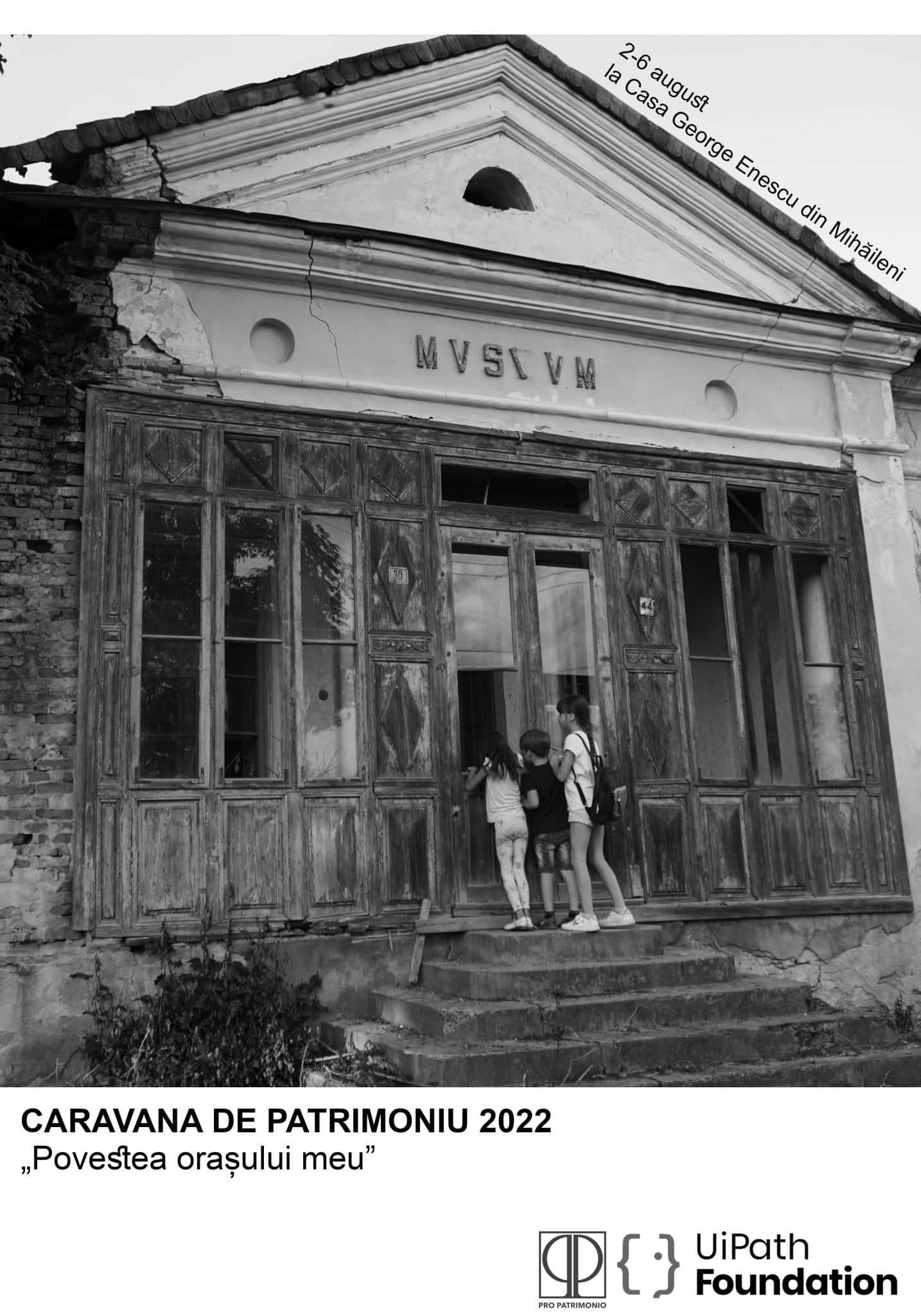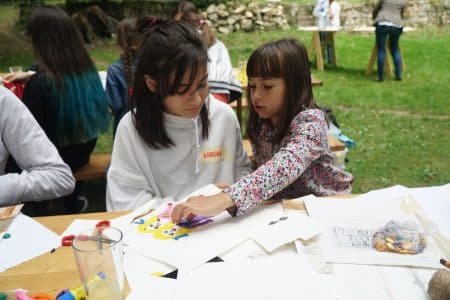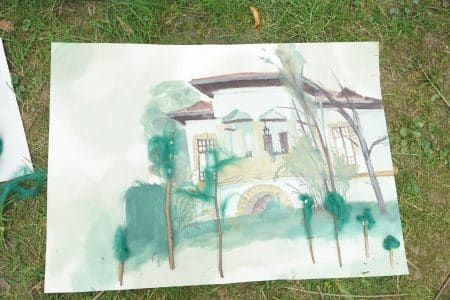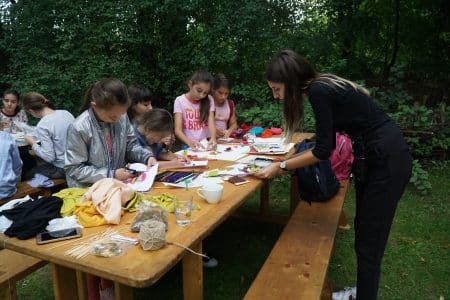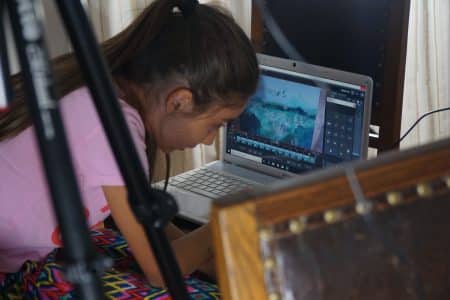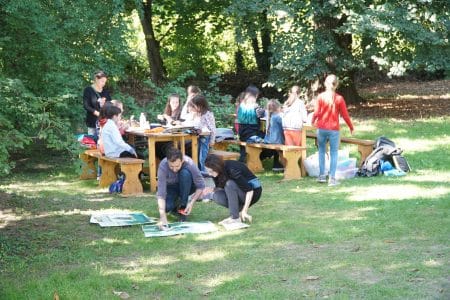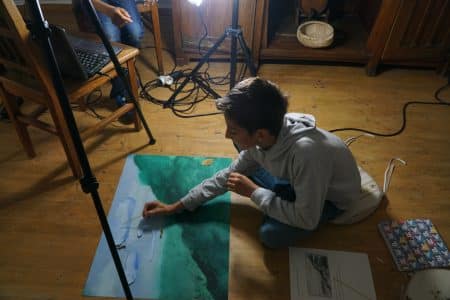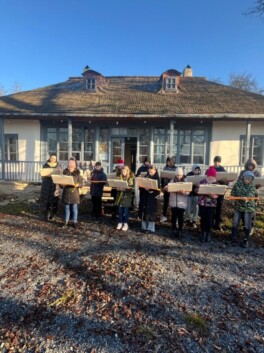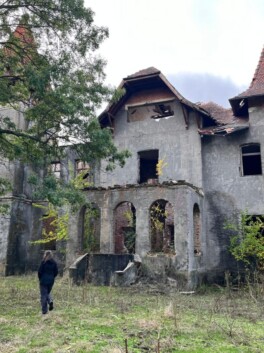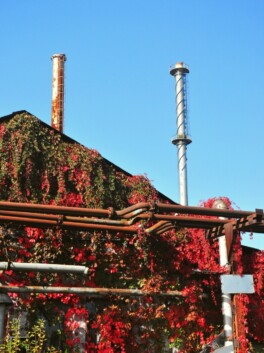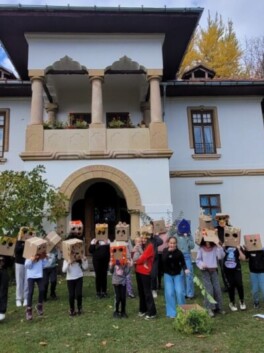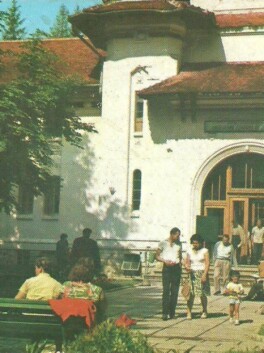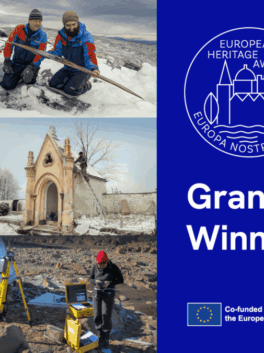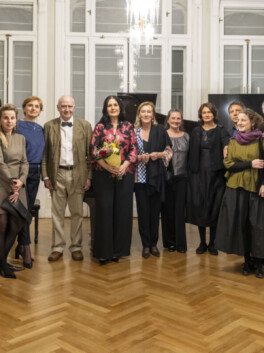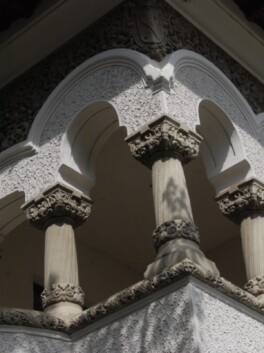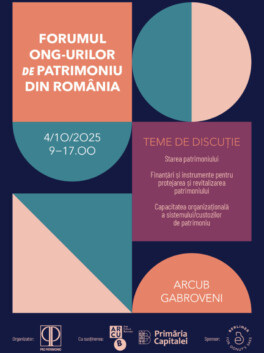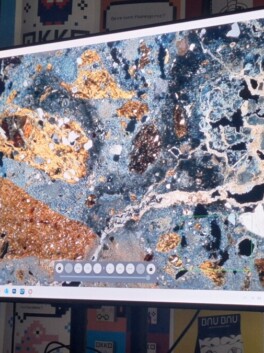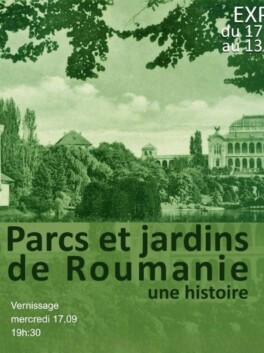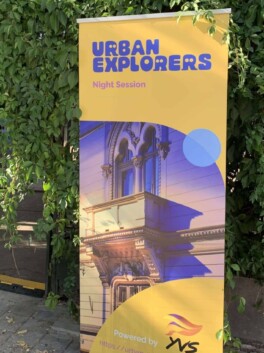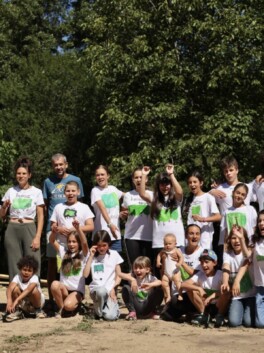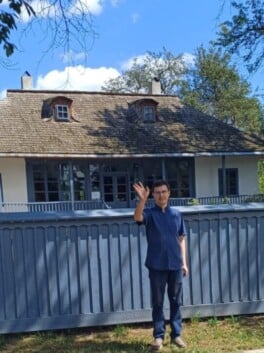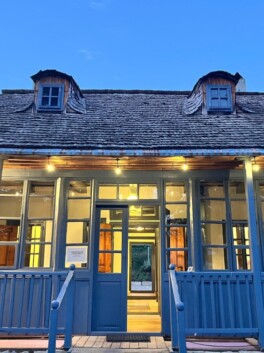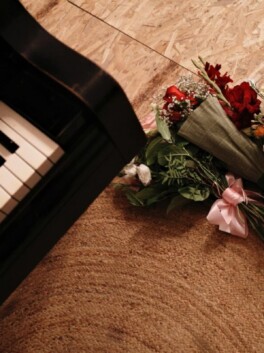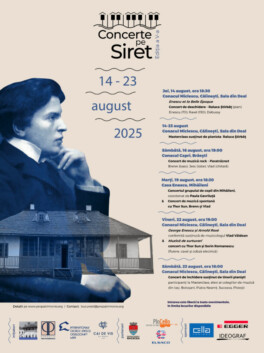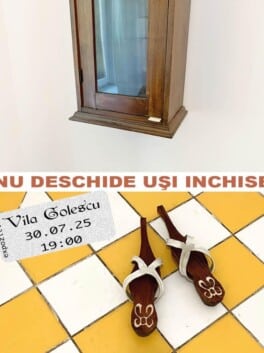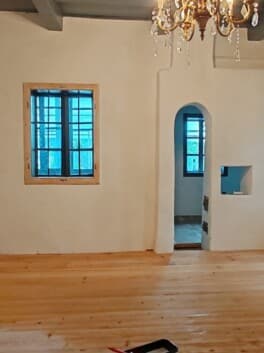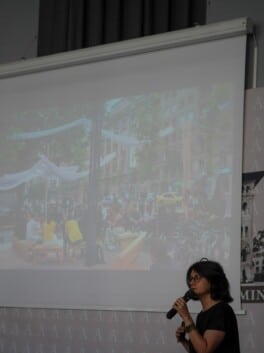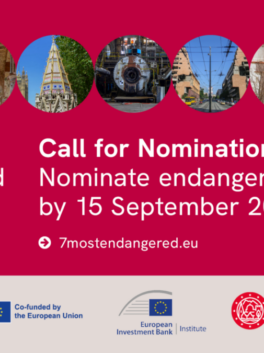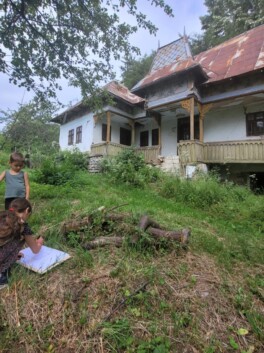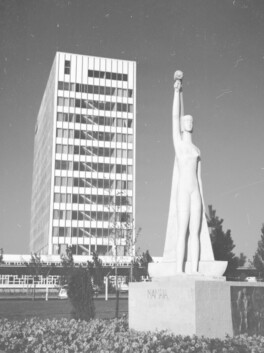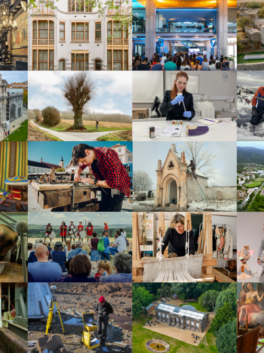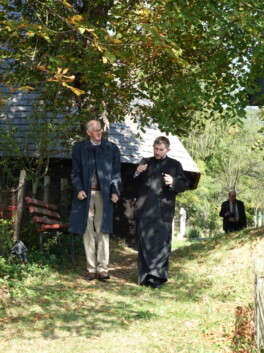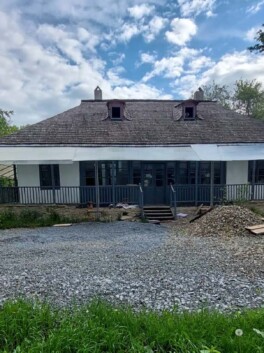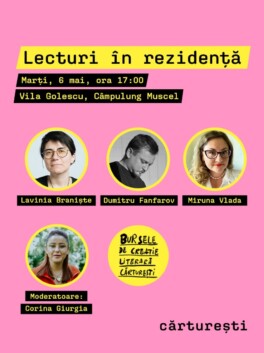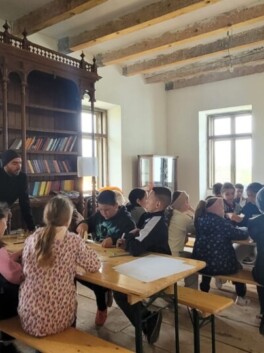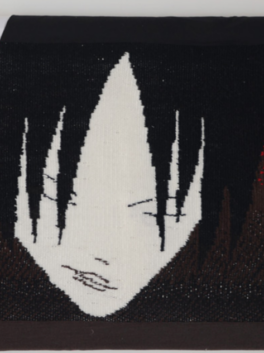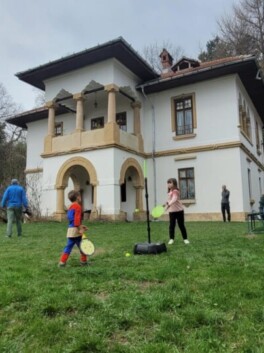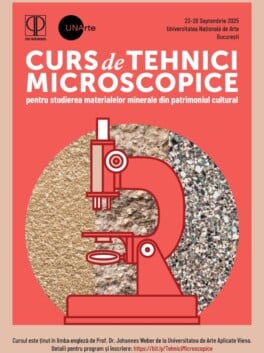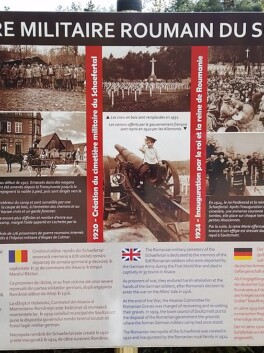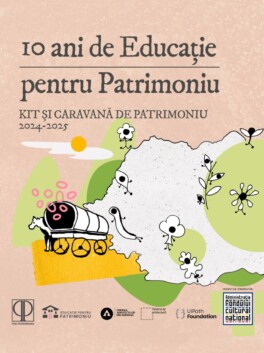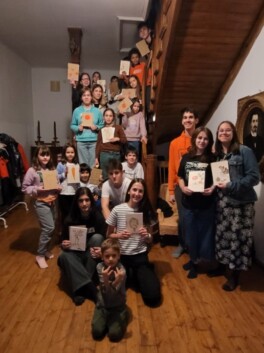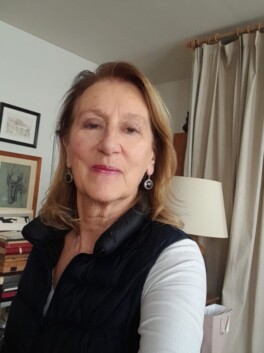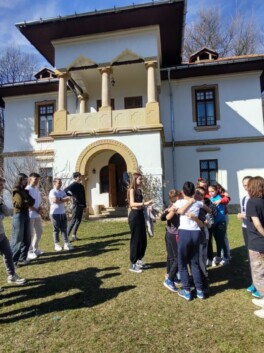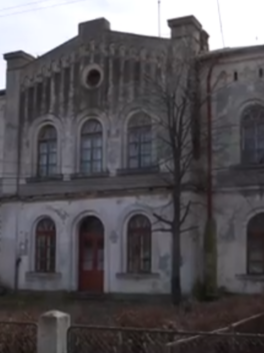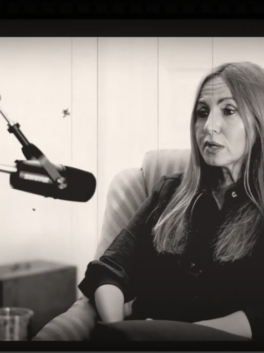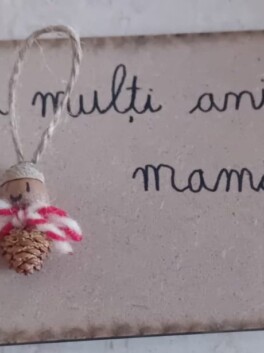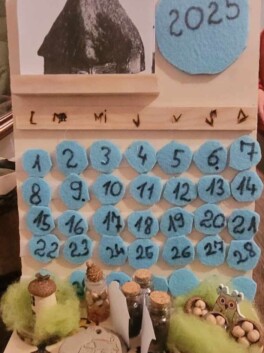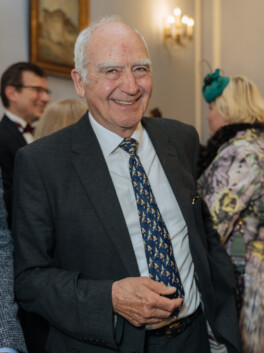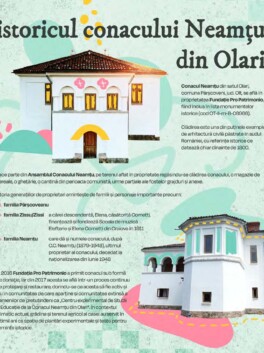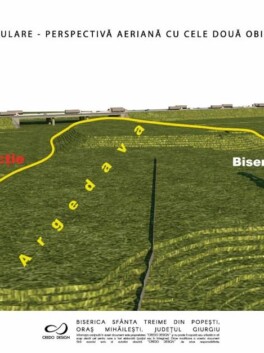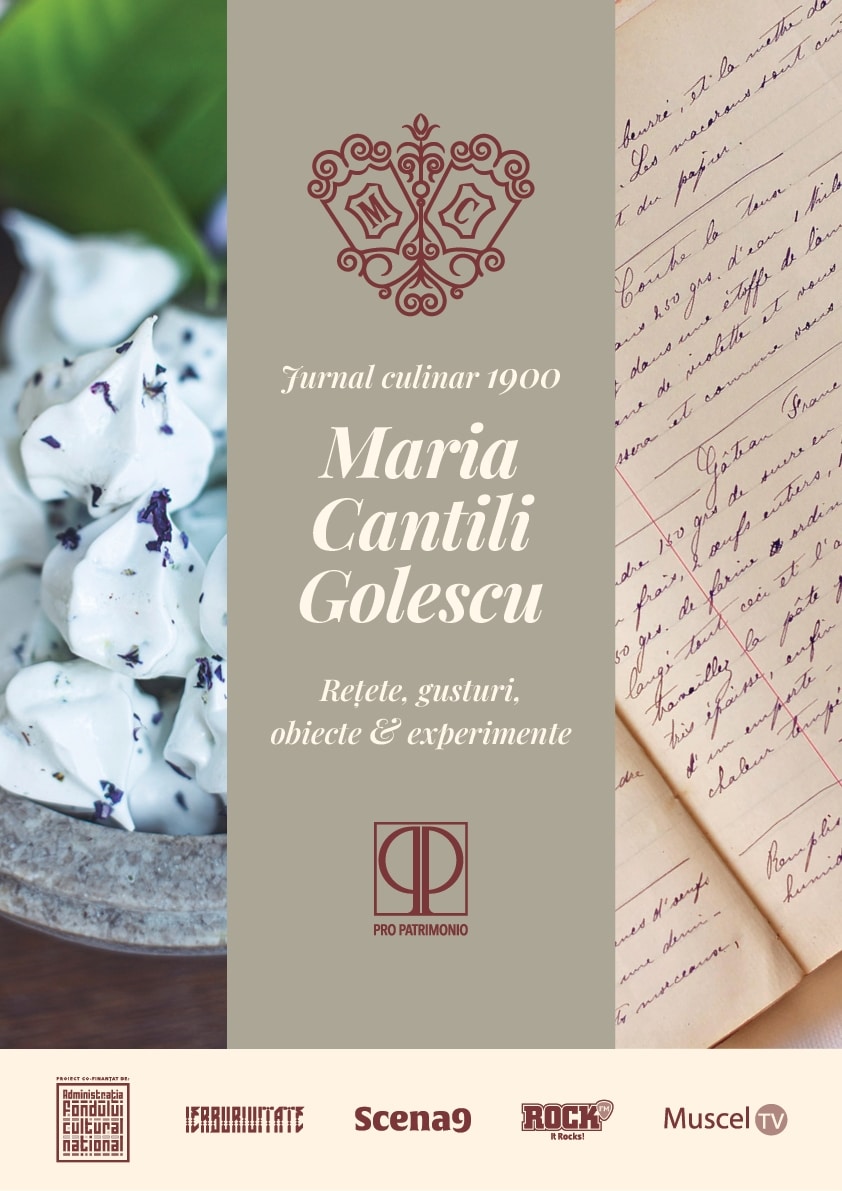
Maria Cantili Golescu’s Culinary Diary – Recipes, Tastes, Objects and Experiments. Press Release.
Bucharest, June 16, 2022
Pro Patrimonio Foundation is conducting a cultural, creative, interdisciplinary project in Câmpulung Muscel throughout 2022, bringing together translators and linguists, chefs and gastronomic experts, students and craftsmen, in a unique concept dedicated to the tangible and intangible heritage of the Golescu Villa. The project follows four levels: documentation, gastronomy, heritage education and craftsmanship.
The project started from the discoveries made during the pandemic in the Golescu family’s vast library, namely two recipe notebooks from around 1900 written by Maria Cantili Golescu, Vasile Golescu’s wife. At the beginning of this year, the project team started to document and creatively exploit these materials as part of the intangible heritage belonging to the house and the town of Câmpulung Muscel.
“All the hidden details of this recipe book open up a surprising universe of that period’s bourgeois class and we hope to capture it as best we can in the materials we will reveal and develop throughout the project.” – architect Andreea Machidon, coordinator of the Education for Heritage project, Pro Patrimonio Foundation
Therefore, each page of one of the two notebooks was carefully photocopied and digitised, followed by the transcription of the original recipes, their translation into Romanian and text editing so that the language becomes easy to understand for the contemporary reader. A translation of a cookbook from 1900, written in four languages and carried by the author from Paris to Bacău and Câmpulung at the beginning of the last century, thus becomes more than a simple translation. It becomes an immersion in the culinary context of an era on the borderline between old and modern and an active collaboration between translators, linguists and historians.
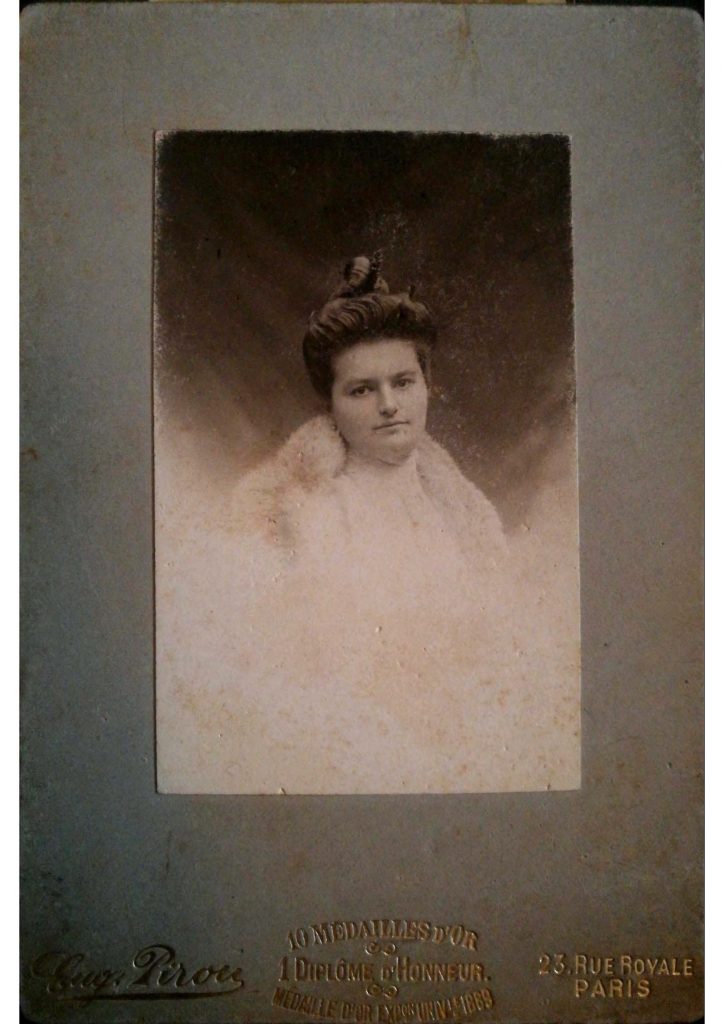
The gathered details reveal an unexpectedly cosmopolitan way of cooking and dining, deeply influenced by Western European culinary trends, especially French, but also English, Iberian, German and Italian. Maria Cantili Golescu belonged to a privileged social class at the time, highly educated, multilingual, widely travelled and who had had the opportunity to live in several European cities. The multiculturalism of the Golescu family, and perhaps of an entire local elite, comes through in these glimpses of everyday life suggested by the way they ate and reveals an interesting piece of Romanian gastronomic history from a decade not yet covered by other sources.
The first developed resource material is the scanned digitised notebook, “Recettes de Cuisine”, which can be found in the Foundation’s useful resource library, and will be presented along with the fully translated and reinterpreted notebook.
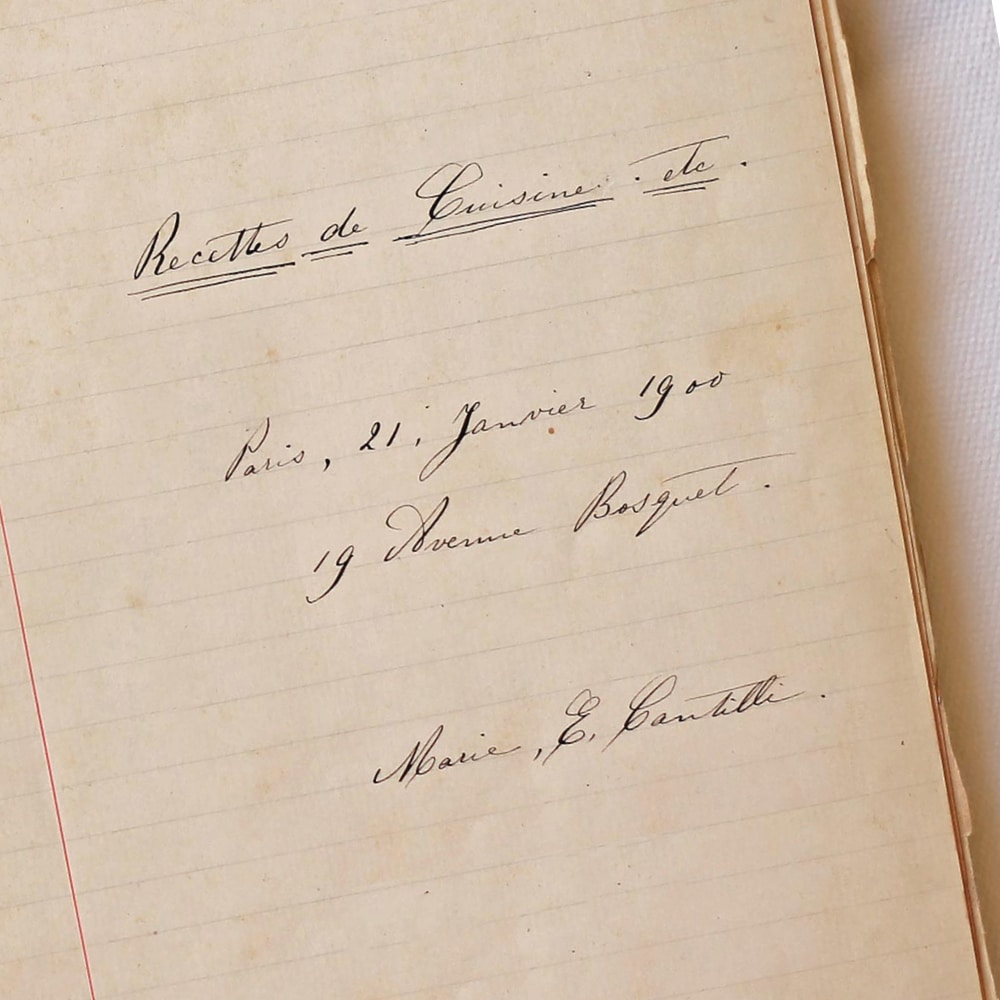
Maria Cantili Golescu notebook extract
Creative Workshop for Children in Câmpulung
At the beginning of the summer holidays, between 17-20 June, 15 children from the communities of Câmpulung Muscel will take part in three days of activities in the Golescu Villa’s courtyard. The agenda prepared will include on the first day “Plant Day in the edible garden”, then “Notebook, drawing and calligraphy day” and at the end they will go through “Art installation day” with stops in the universe of: culinary objects from the villa, portraits of Maria Cantili, “bizarre” words from manuscripts, family tree and advice from Maria Cantili Golescu.
Thus, children will build, research, interpret, create and play, being mentored by a series of expert guests who will complete the educational journey with valuable information and unique working techniques. The final evening will offer an open-air film in the Golescu Villa garden in the tradition of the Pro Patrimonio Foundation’s Heritage Education Caravan.
The children’s works and explorations will be the subject not only of an online exhibition, but especially of a physical exhibition during the “Festive Community Day” planned for the autumn, when the results of the whole project ” Maria Cantili Golescu’s Culinary Diary – recipes, tastes, objects and experiments” — the culinary journal, the dedicated objects and the presentation film — will be launched and opened to the interested public.
10 Professional and Amateur Chefs
Also part of the project, the recipes in the notebook were subjected to a selection process with the help of guest culinary experts. Each of them chose two recipes to explore and adapt, and then present them as creatively as possible to their online audience. The selection of recipes will take into account both each individual expert’s preferences and the final content of the Recipe Book, which aims to document and bring to the public’s attention a collection of recipes that is as diverse and rich as possible in terms of both taste and the story that accompanies each tasteful memory. Participants will “translate” and transform the language of the notebook notes into recipes with marked ingredients and clear steps to follow for today’s user. The materials will ultimately form Maria Cantili Golescu’s Recipe Notebook, accessible in both physical and digital formats.
Here are those we invited to bring these old recipes back to life: Andrei Chelaru (Fragment, Cluj), Oana Coantă (Bistro de l’Arte, Brasov), Irina Georgescu (author of the cookbook “Carpathia”), Cristina Mehedințeanu (Horeca Culinary School, Bucharest), Mara Oană (Viscri 32), Mona Petre (Ierburi Uitate), Alex Petricean (Noua, Bucharest), Mădălina Roman (Szikra, Sf. Gheorghe), Horia Simon (Clubul Gastronomic Transilvan), the team of Adriana Sohodoleanu and Cosmin Dragomir (Gastroart) and Adela Trofin (Slow Food Edinburgh).
Over the summer these story fragments and images will gradually be presented on the Pro Patrimonio Foundation website.
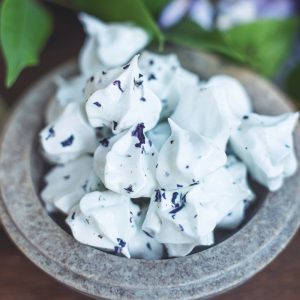
“Meringues with violets”, cake prepared by Mădălina Roman (Szikra, Sf. Gheorghe) following the original recipe from Maria Cantili Golescu’s notebook
Honest Goods Collection Enriched
The same culinary resources and elements of Maria Cantili Golescu’s life will also form the basis of a new Honest Goods collection dedicated to these discoveries. Children and adults alike will experience recipes and related stories throughout the project through games, competitions, challenges and hands-on projects.
The objects will be made in the spirit of the existing Honest Goods collection, using local materials and craftsmen, with designs prepared by two designers. The resulting objects will be featured on the dedicated Honest Goods object page, each of which will contain in its presentation the recipe that influenced its making.
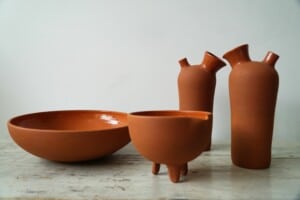
Honest Goods collection, clay objects
*
“Maria Cantili Golescu’s Culinary Diary-recipes, tastes, objects and experiments” is a cultural project of Pro Patrimonio Foundation co-financed by AFCN.
Media partners: Scena 9, Rock FM, Muscel TV, Zeppelin Magazine; Friend project: Ierburi Uitate
The digitized booklet, “Recettes de Cuisine”, can be found in the Foundation’s library of useful resources here
Read more
Standerul de haine cu garderoba Mariei Cantili Golescu şi alte poveşti
„Recettes de Cuisine”, caietul digitalizat
Girdle, ustensilă istorică de gătit
Zece Experimente Contemporane din Jurnalul Culinar Maria Cantili Golescu
Ansamblul Golescu. Observator de Peisaj Cultural în Câmpulung Muscel
Ansamblul Golescu. Trasee botanice în Parcul Golescu
Honest Goods. Colecţia Golescu

